Solar energy has started to light lives of tens of millions of India’s energy-poor citizens. It is one of the low carbon energy technologies with the potential to grow to a very large scale. Recent years have seen swift growth in installed solar generating capacity, advancements in price, performances, and technology. However, government push and support in the form of programmes and initiatives are needed to enable an increase in solar power at a subsidized solar energy cost.
Below are top government programme initiatives taken by the government in the solar sector to push more and more individuals and companies globally to go solar and 100% renewable:
1. Jawaharlal Nehru National Solar Mission
The Jawaharlal Nehru National Solar Mission was launched in January 2010 by former Prime Minister, Dr. Manmohan Singh. Its aim is to reduce the cost of solar power generation and install 20,000MW of grid-connected solar power via-
- Long-term policy
- Large-scale deployment goals
- Research and Development
- Domestic production of raw materials
The aim of JNNSM mission is not limited to offering large-scale grid-connected power but also transform India’s rural economy. The quick spread of solar lighting systems, water pumps, and other solar power-based applications will change India’s rural economy. The mission is to expand and establish India as a global leader in solar energy sector.
2. Rooftop Scheme
Under the rooftop scheme executed by SECI (Solar Energy Corporation of India), 200 MW of projects has been allocated, out of which 45 MW of capacity have been commissioned. Addition to this, special schemes including 73 MW for warehouses and 50 MW for the CPWD (Central Public Works Department) have been launched. SECI launched a tender which is the largest global one of its kind offering 30% subsidy to the residential sector, private not for profit education organizations, social sector, and the health institutions. The tender is a part of MNRE’s (Ministry of New and Renewable Energy) initiative to generate momentum for achieving the target of 40GW of rooftop solar power generation by 2022. Similarly, SECI is planning to issue a 1,000 MW rooftop tender soon which will may not include a subsidy.
3. Solar Park Scheme
MNRE has come up with a scheme to set up a number of solar parks across several states, each with a capacity of almost 500 MW. The scheme proposes to offer financial support by the Government of India to establish solar parks to facilitate the creation of infrastructure required for setting up new solar power projects in terms of allocation of land, transmission, access to roads, availability of water, etc. As per the policy, these solar parks will be developed in collaboration with the State Governments. Land required for the development of solar power projectswith a cumulative capacity generally close to 500 MW and above will be identified and acquired. The solar park will enable states to bring in investment from project developers and offer employment opportunities to the local population.
The Solar Parkis a concentrated zone of development of solar power generation projects. The implementation agency would be SECI on behalf of Government of India. The state will be able to reduce its carbon footprint by avoiding emissions equivalent to the solar park’s generated capacity.
4. VGF (Viability Gap Funding) Scheme
Viability Gap Funding scheme is implemented by SECI. In the past few years, SECI has made multiple project allocations under the VGF mechanism. The first 750 MW allocation has already been executed of which 680 MW capacity has been installed and commissioned. VGF support will be provided for setting up of grid-connected solar PV projects of a minimum 2000 MW capacity by solar power developers on build own operate basis.
5. Government Yojana Solar Energy Subsidy Scheme
Under this Scheme, financial assistance and capital subsidy will be provided to the applicant to the extent of 50 percent, 75 percent and 90 percent of the basis of basic cost of the solar energy plant. The Government Yojana explains that a person is eligible for a subsidy if he has solar panels installed on the rooftop. The subsidy is decided as per the capacity of the solar power plant. The scheme is mainly formulated to encourage the power loom by utilizing solar energy. The scheme will eradicate the light problem and the plant will use the solar energy to grow the textile business by increasing production. Another benefit is that people will be able to cut down on their electricity bills and the load on thermal power plant will reduce increasing power generation.
6. UDAY Scheme
UDAY or Ujjwal Discom Assurance Yojna was launched in November 2015 as a revival package for electricity distribution companies of India initiated by the Government of India with the idea to find permanent solar power solutions to the financial mess that the power distribution was facing at that time. It aims at reforming the power sector, operational improvement, development in renewable energy, reduction of cost of generation of power, energy efficiency, and conservation.
However, the scheme is optional for the states to join. Under this, the state government takes up-to 75% of the debt by issuing the sovereign bonds to pay back the lenders while the remaining 25% will be issued in the form of bonds. UDAY expects to have a permanent solution for past as well as potential future issues of the power sector.





 A Comprehensive Guide to Open Access...
A Comprehensive Guide to Open Access... 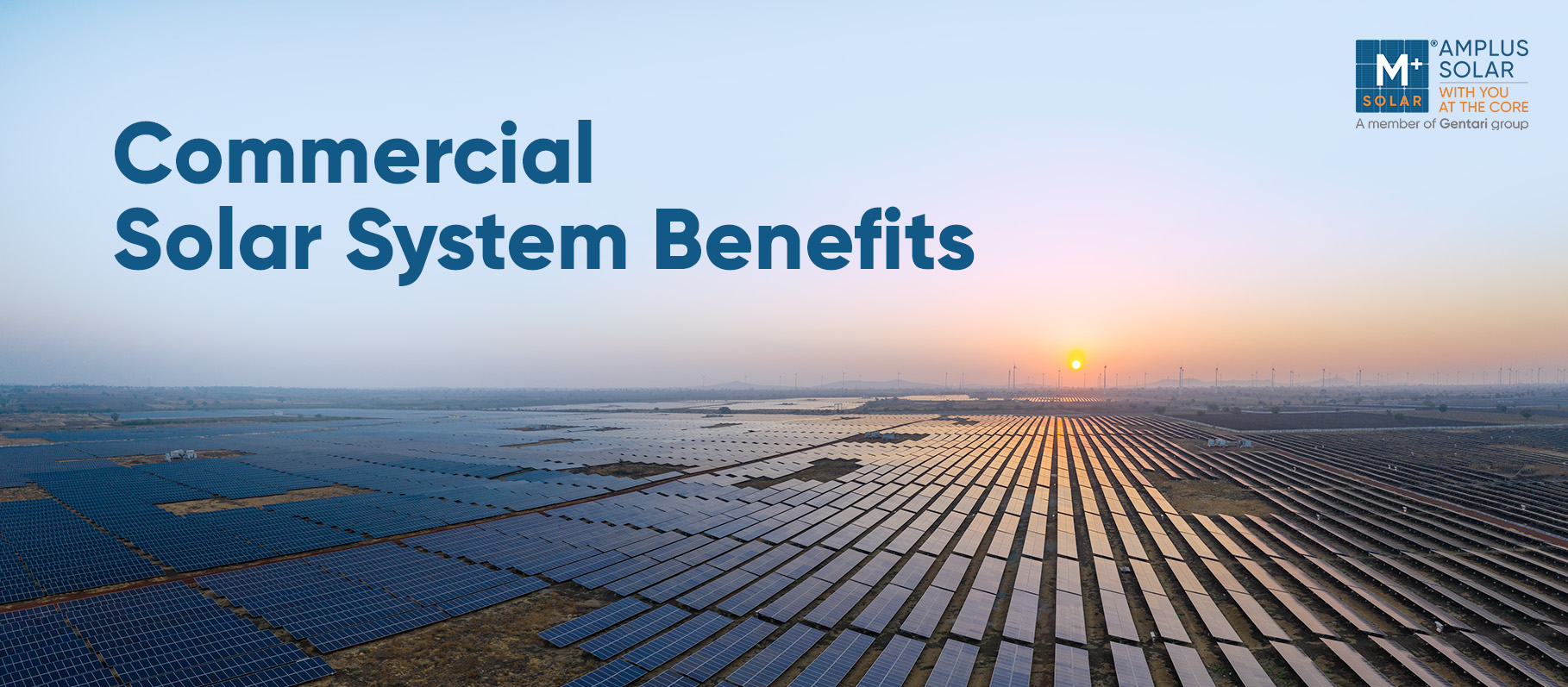 Commercial Solar System Benefits
Commercial Solar System Benefits  Home Solar Panel System Price and...
Home Solar Panel System Price and... 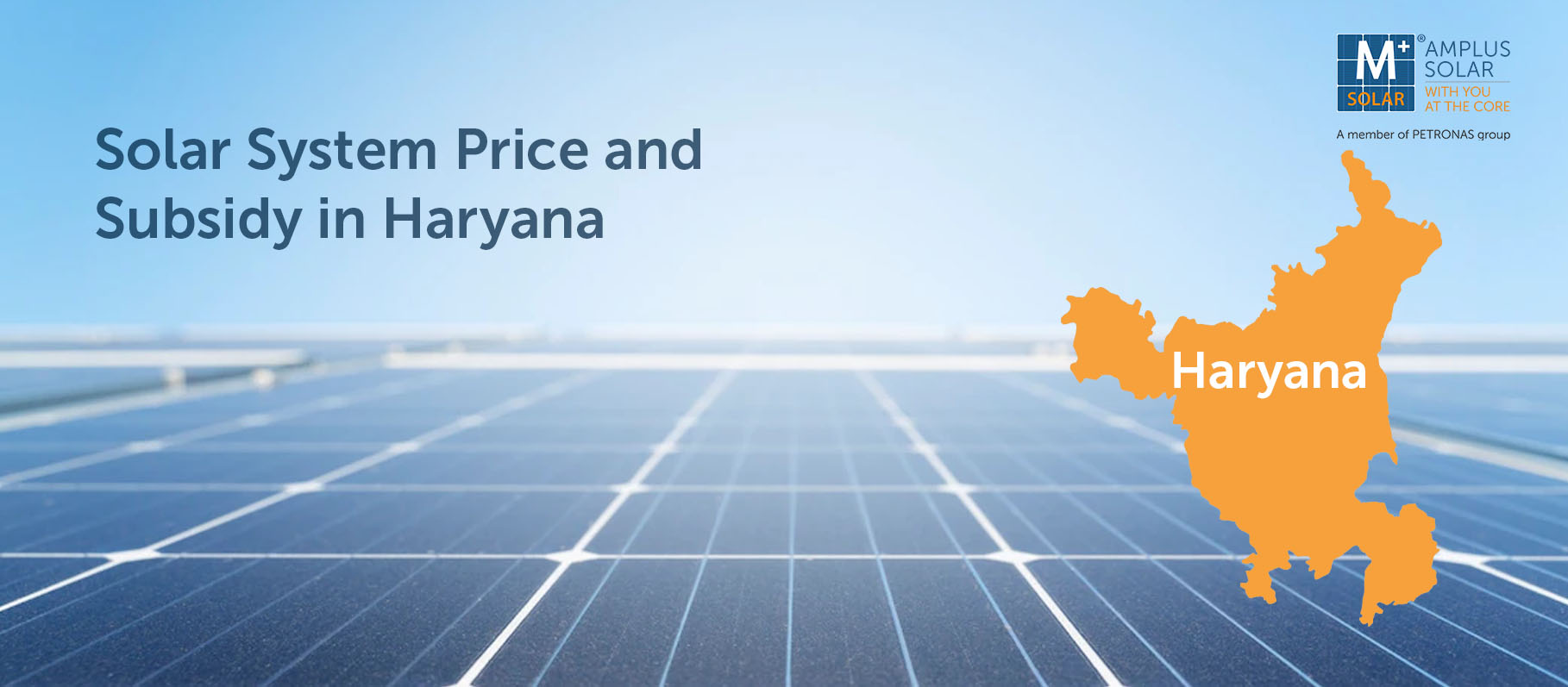 Complete Details About Solar System Price...
Complete Details About Solar System Price...  What Is Open Access in Power...
What Is Open Access in Power... 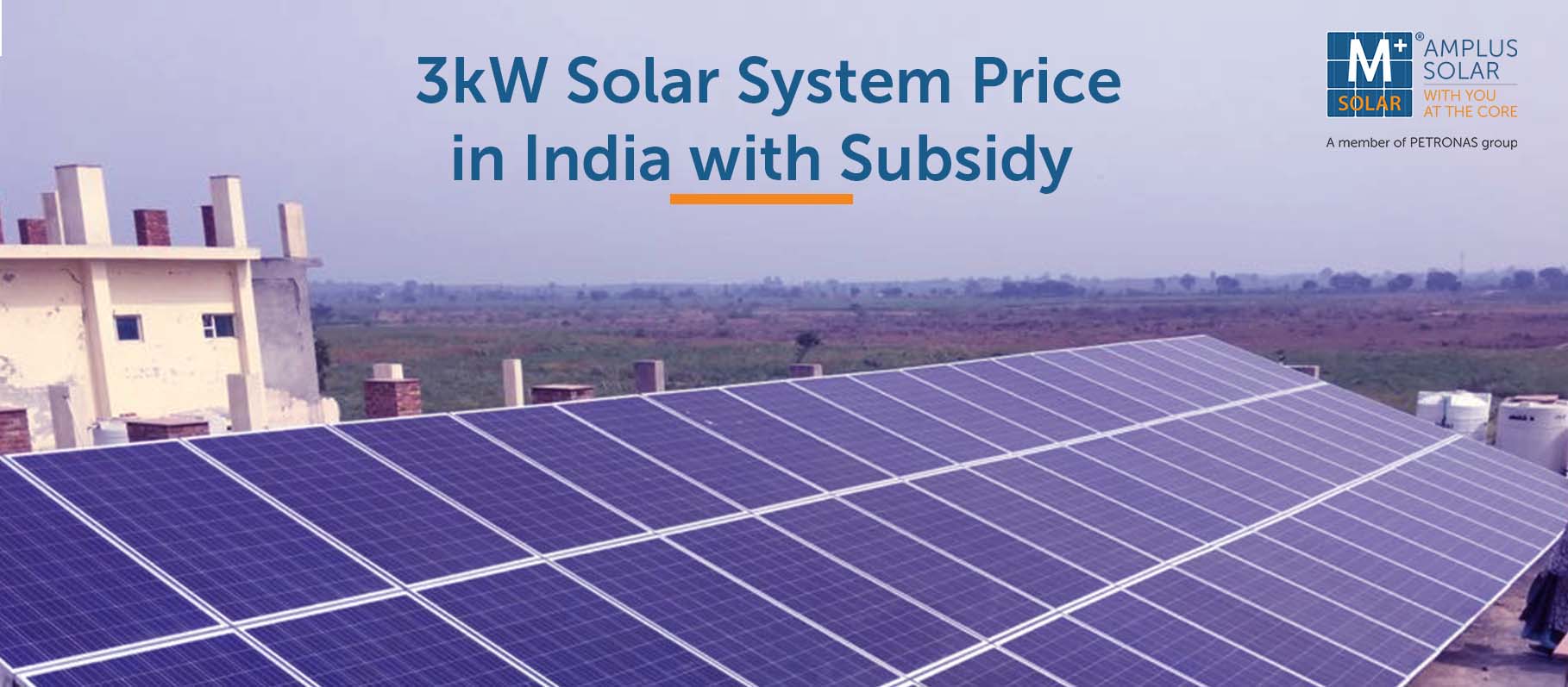 3kW Solar Panel System: Price in...
3kW Solar Panel System: Price in... 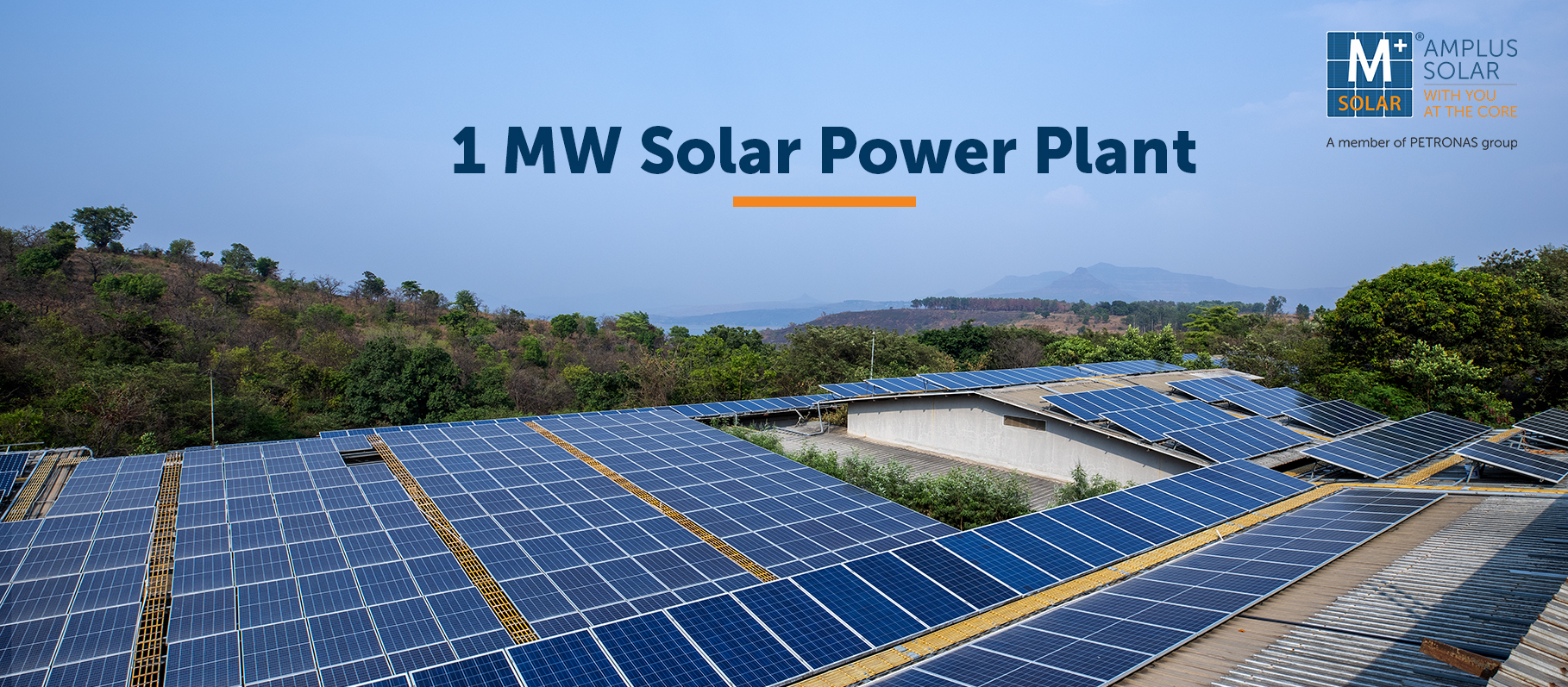 All About 1 MW Solar Power...
All About 1 MW Solar Power...  1kW Solar Panel System Price in...
1kW Solar Panel System Price in...  Home Solar Panel System Installation Cost...
Home Solar Panel System Installation Cost... 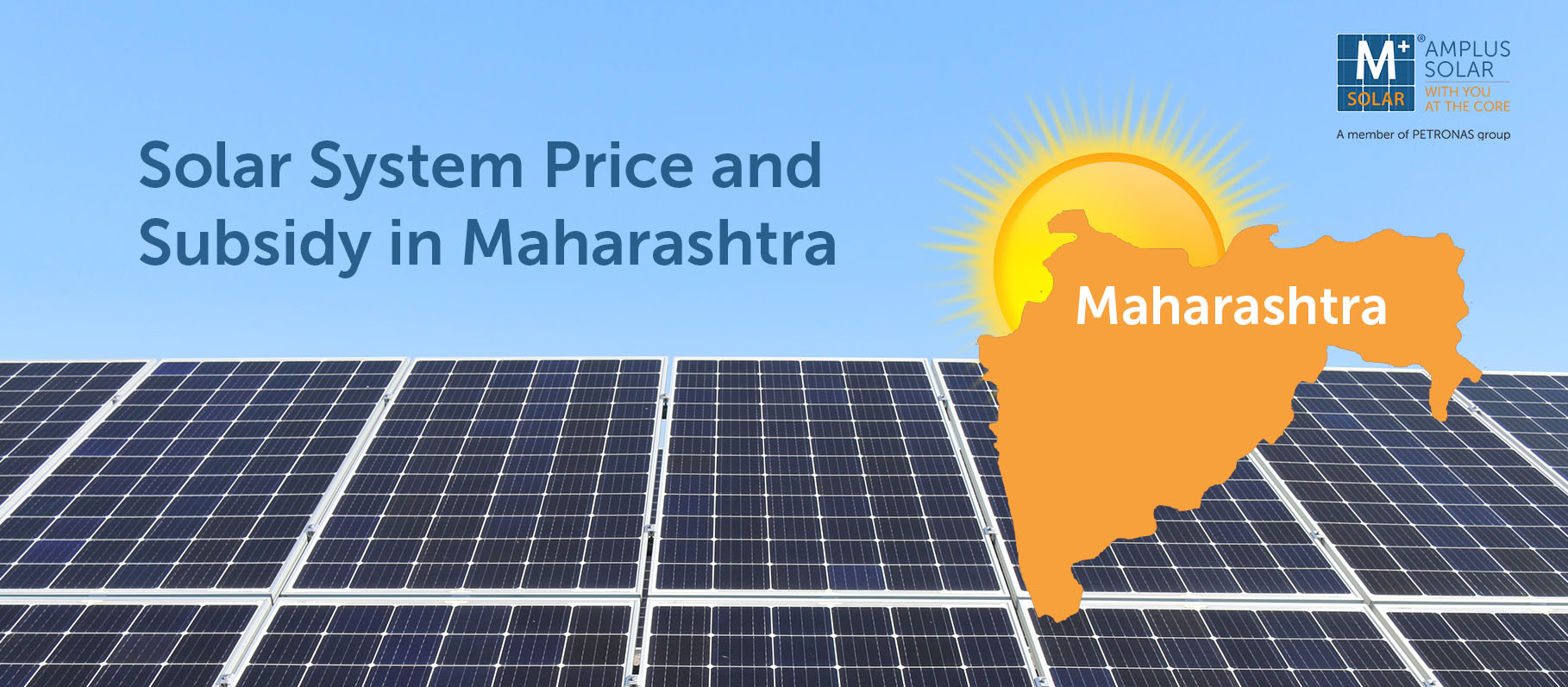 Solar System Price and Subsidy in...
Solar System Price and Subsidy in... 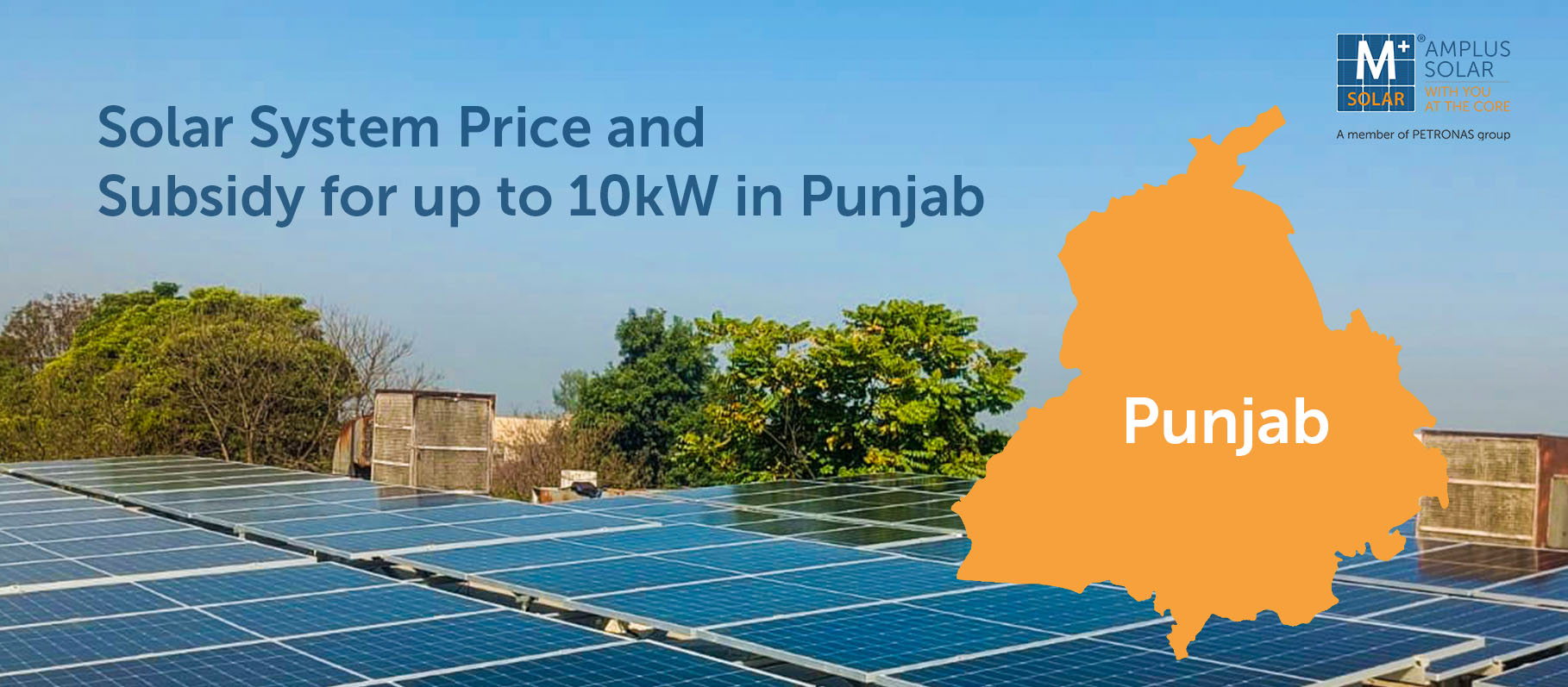 Complete Details About Solar System Price...
Complete Details About Solar System Price... 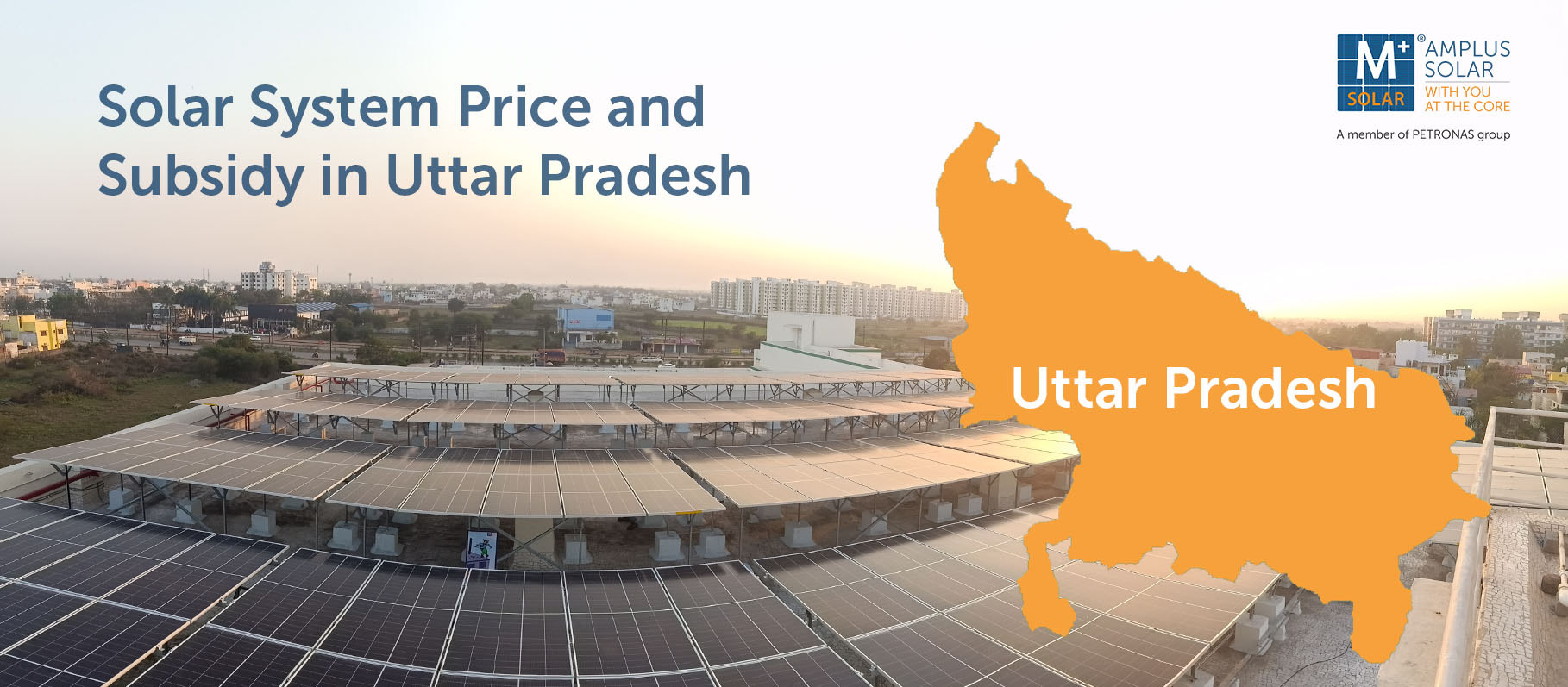 All About Solar System Price and...
All About Solar System Price and... 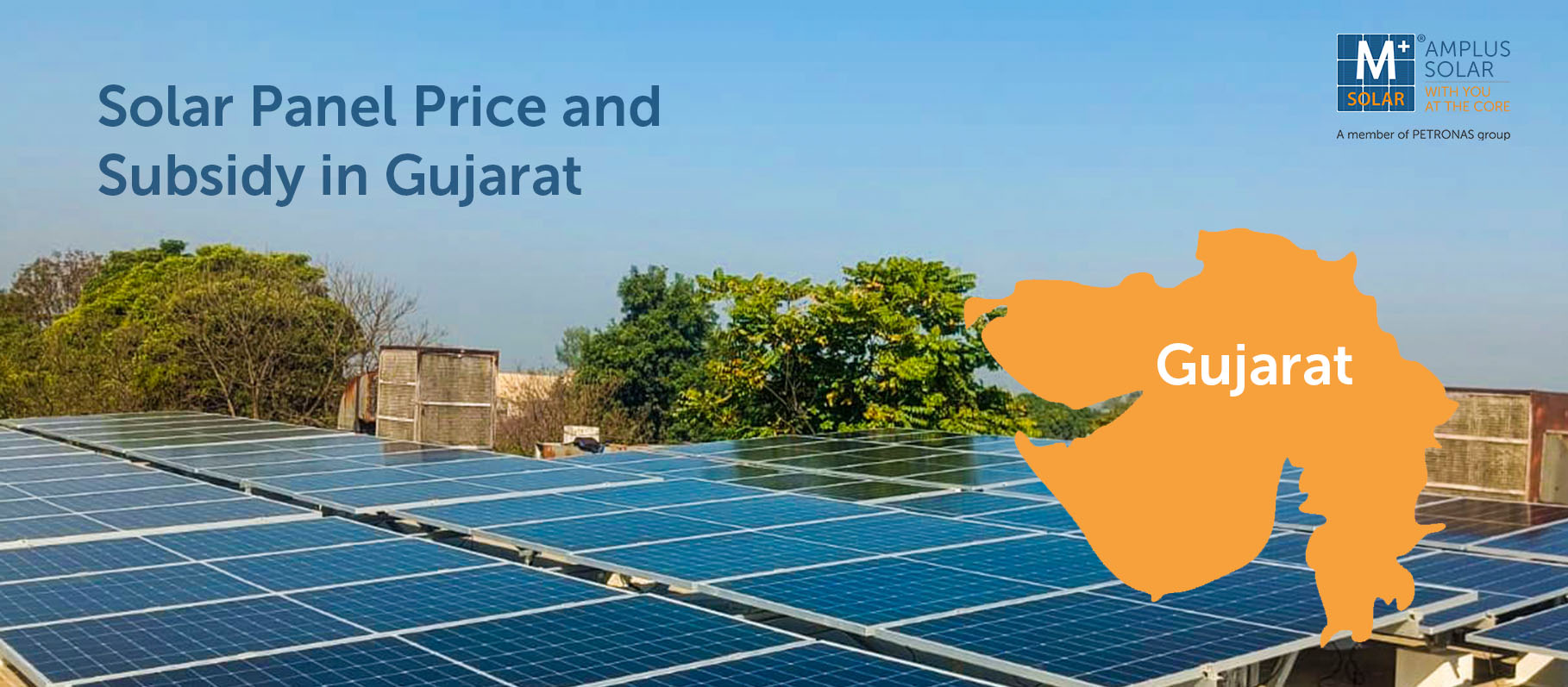 All About Solar Panel System Price...
All About Solar Panel System Price...  Know More About Solar Panel System...
Know More About Solar Panel System... 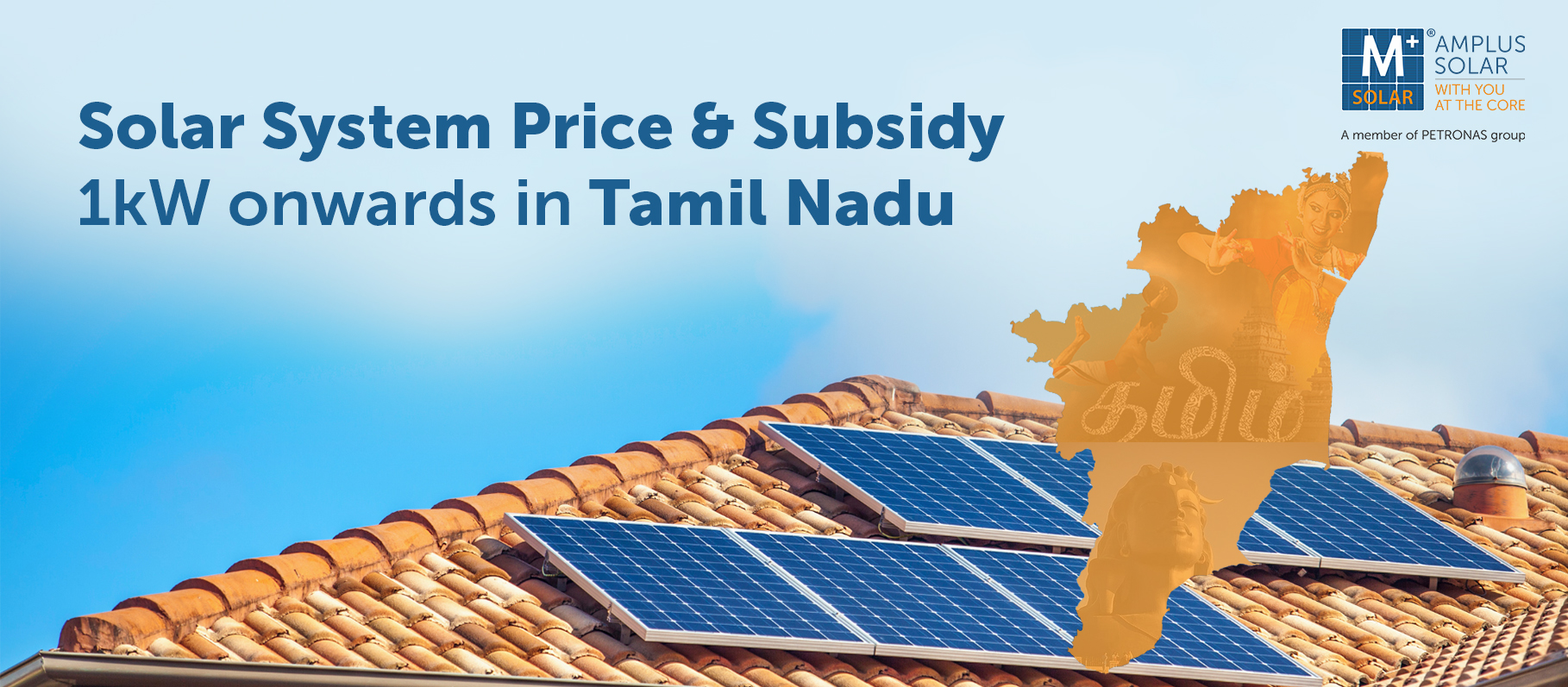 Solar System Price and Subsidy in...
Solar System Price and Subsidy in...  Know More About Solar System Price...
Know More About Solar System Price... 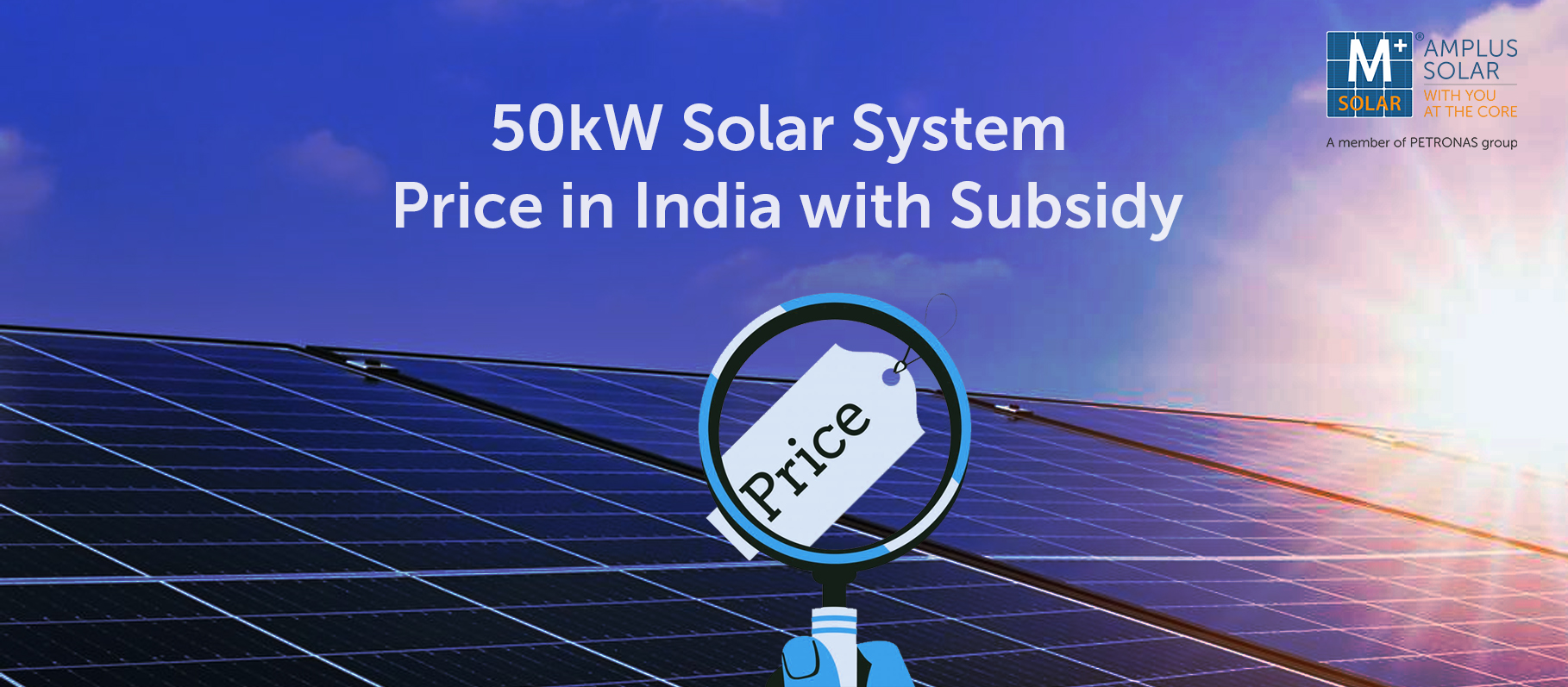 About 50kW Solar System: Price in...
About 50kW Solar System: Price in...  30kW Solar Panel System Price in...
30kW Solar Panel System Price in...  All About 5kW Solar System: Price,...
All About 5kW Solar System: Price,... 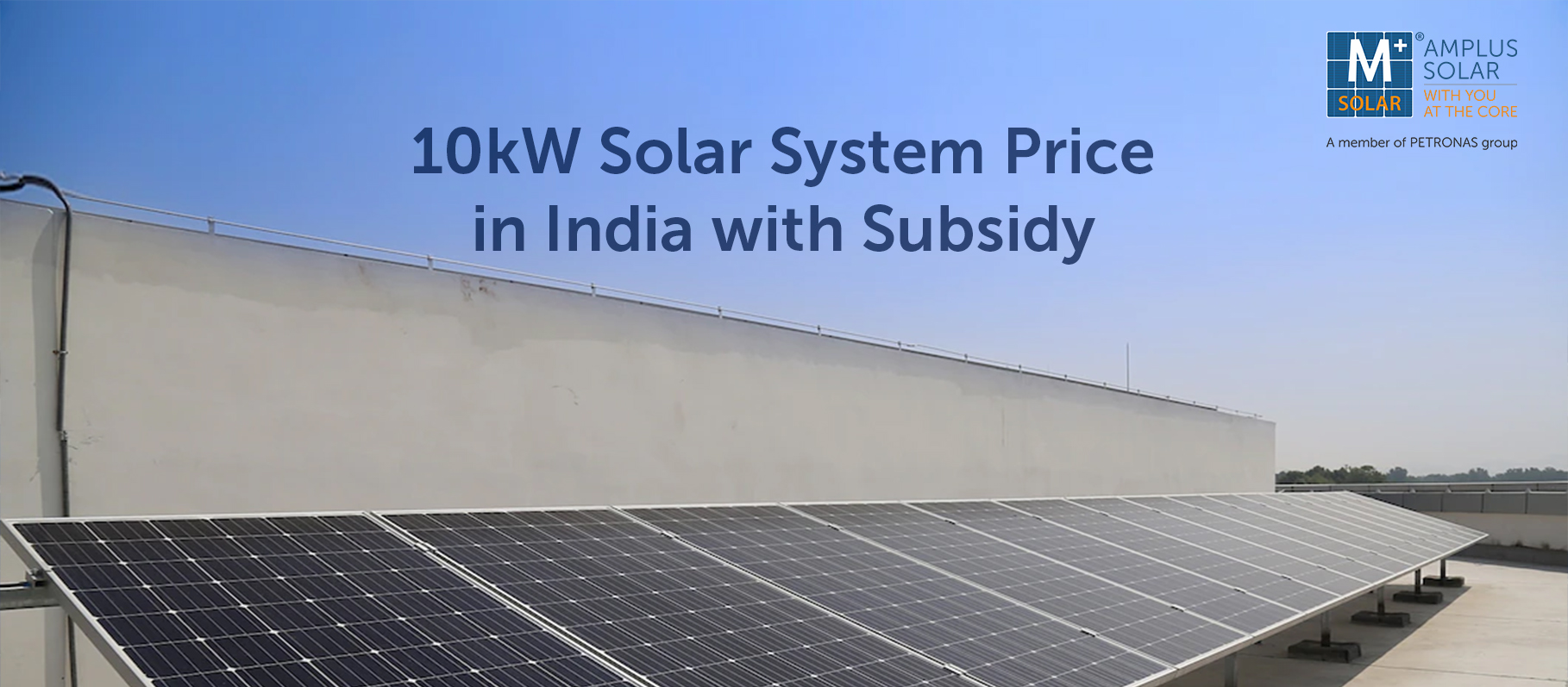 10kW Solar System Price in India...
10kW Solar System Price in India... 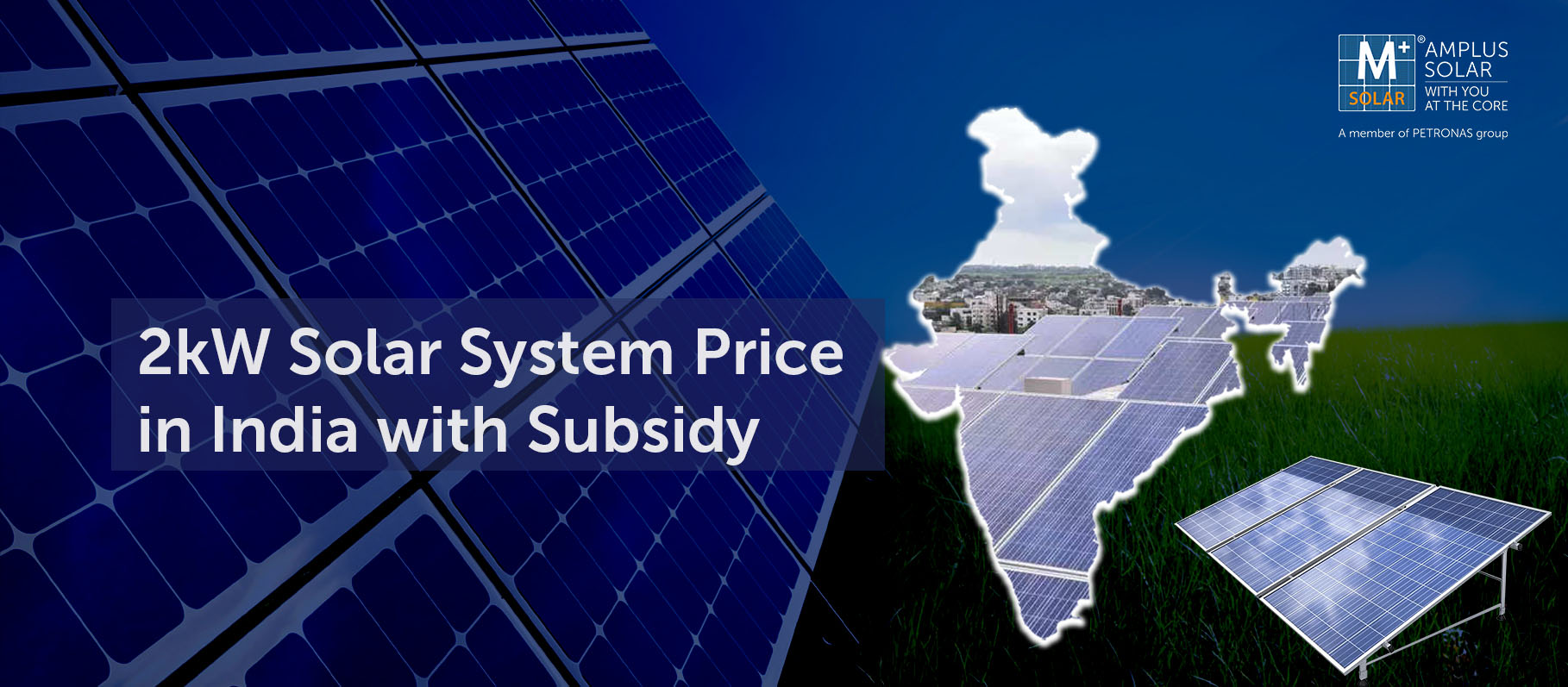 2kW Solar System Price in India...
2kW Solar System Price in India...  20kW Solar System Price in India...
20kW Solar System Price in India... 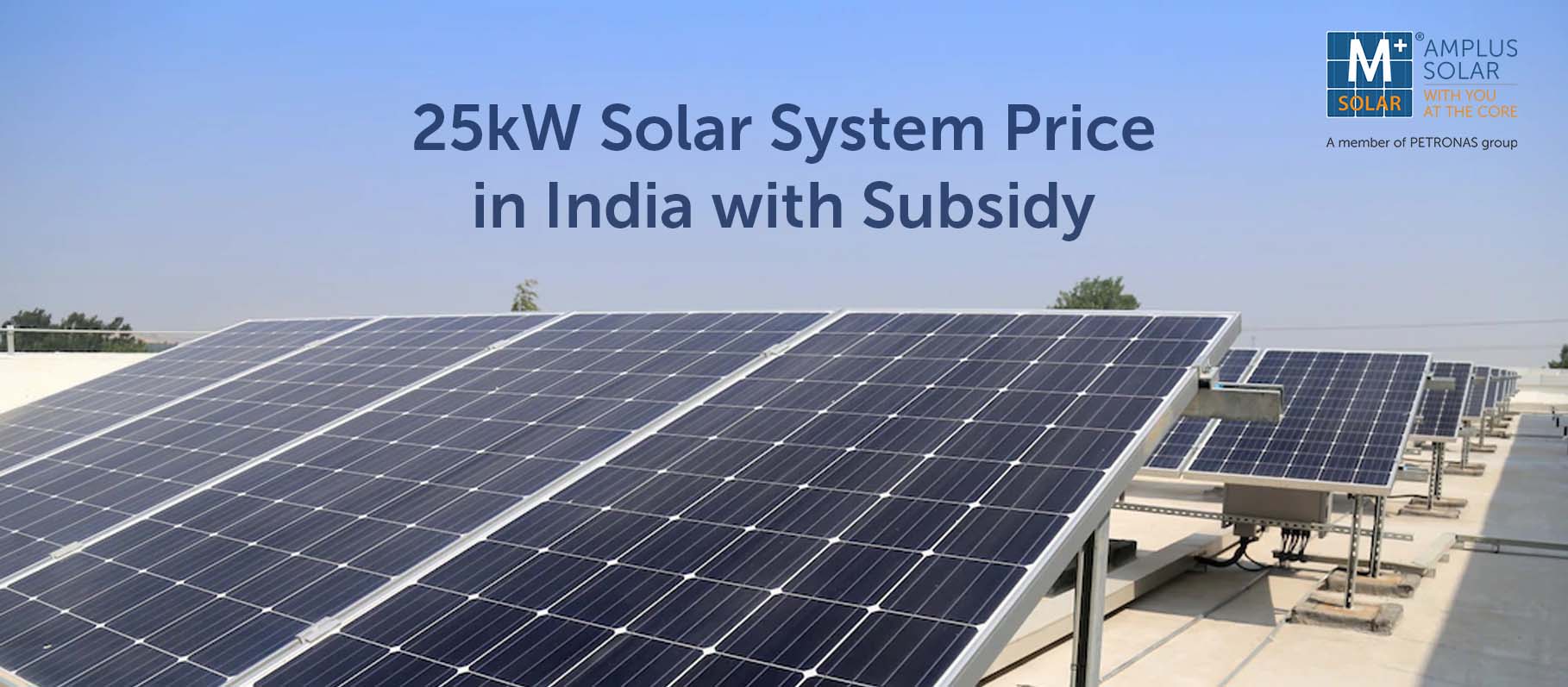 25kW Solar Panel System Price in...
25kW Solar Panel System Price in...  100kW Solar System Price in India...
100kW Solar System Price in India...  15 kW Solar System Price in...
15 kW Solar System Price in...  150 Watt Solar Panel Price in...
150 Watt Solar Panel Price in... 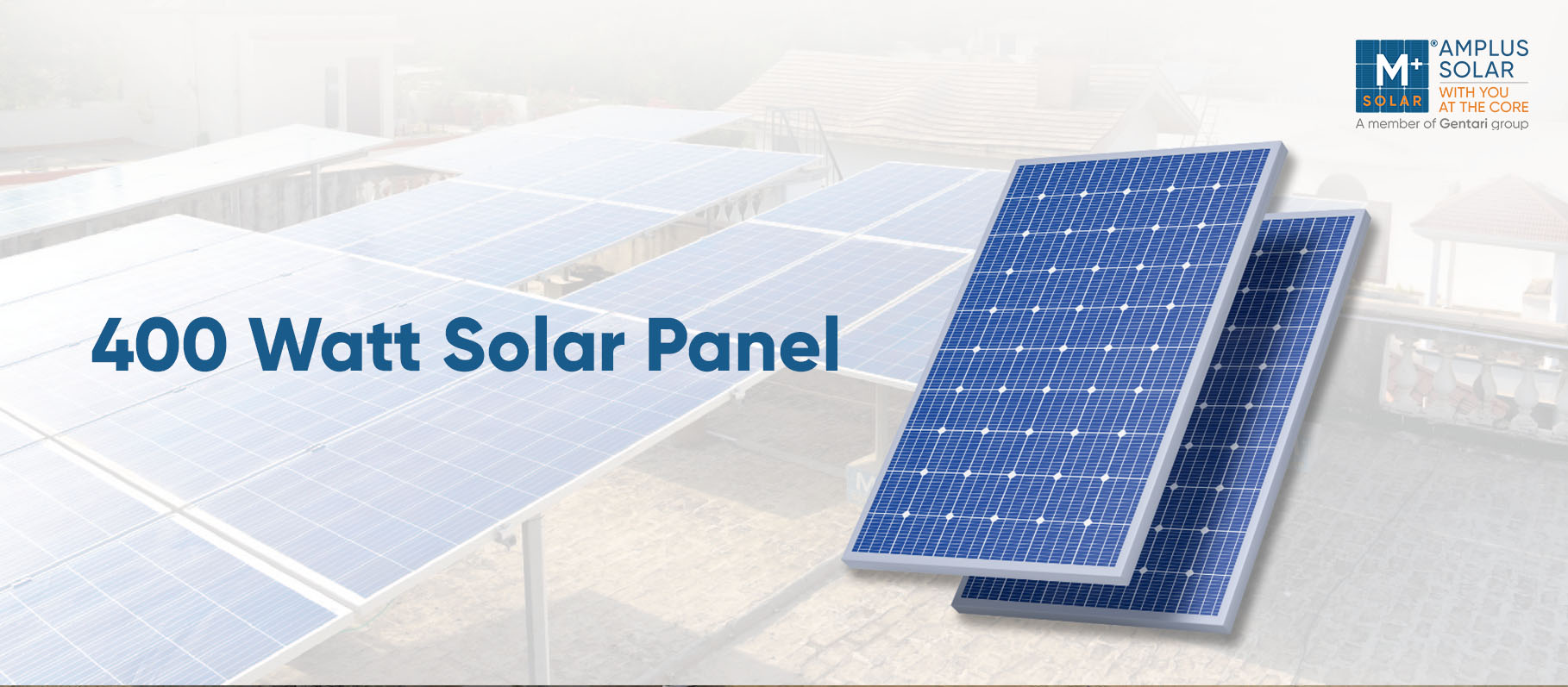 400 Watt Solar Panel Price in...
400 Watt Solar Panel Price in... 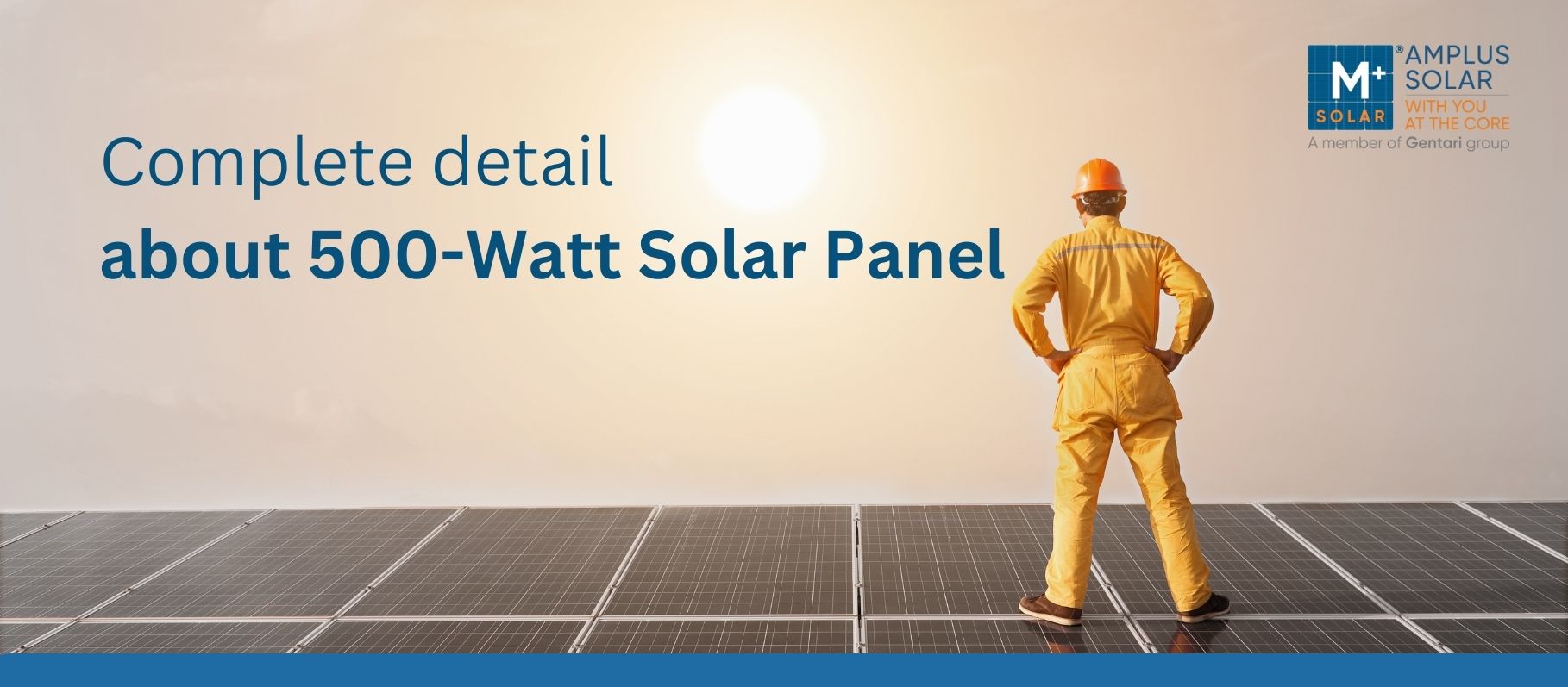 500 Watt Solar Panel Price in...
500 Watt Solar Panel Price in... 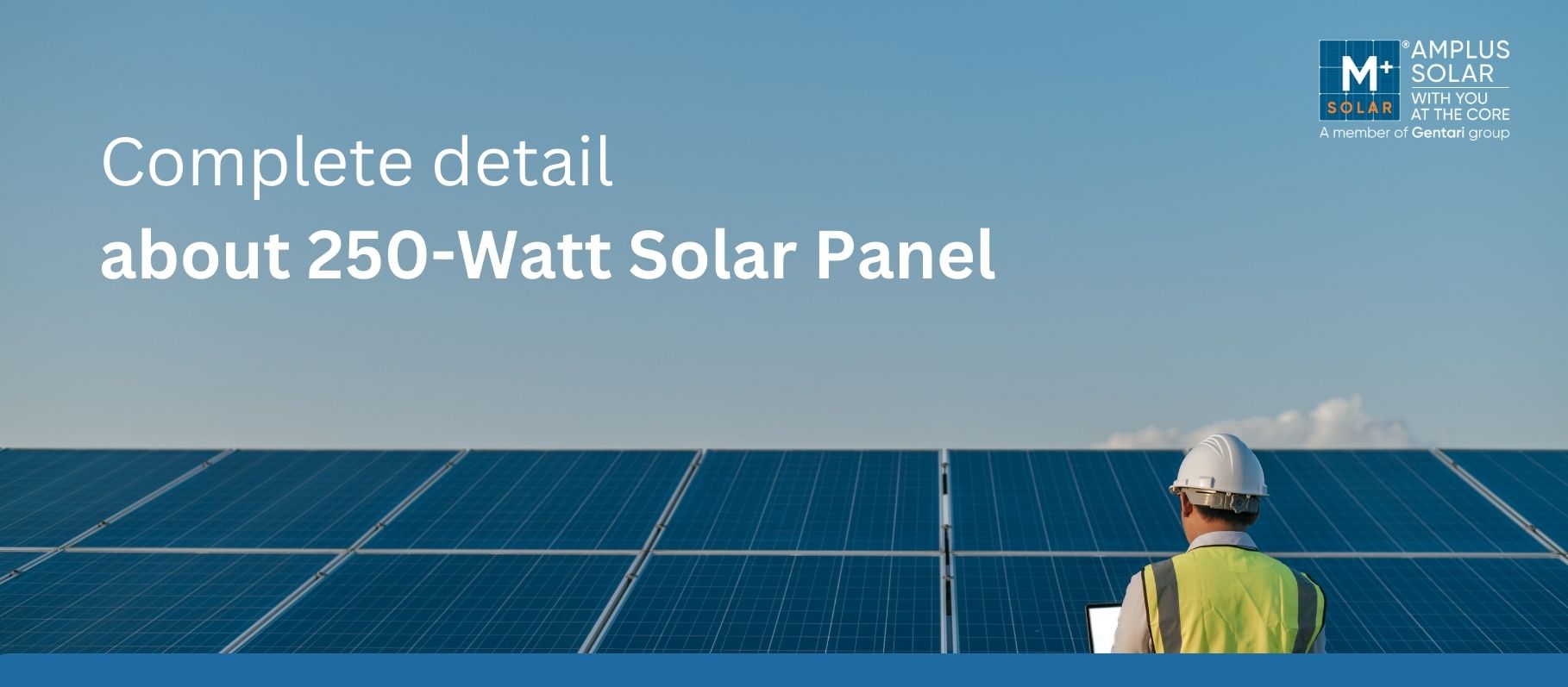 250 Watt Solar Panel Price in...
250 Watt Solar Panel Price in... 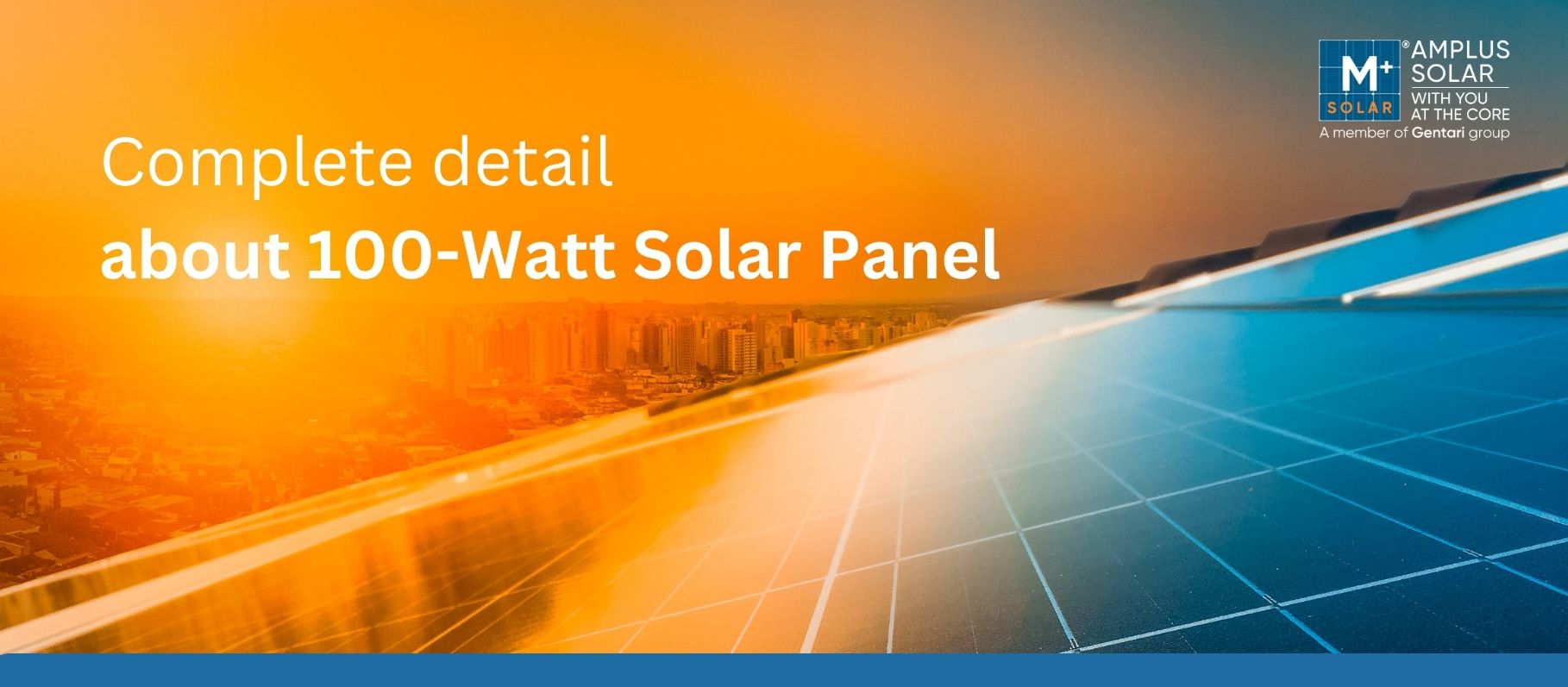 100 Watt Solar Panel Price in...
100 Watt Solar Panel Price in... 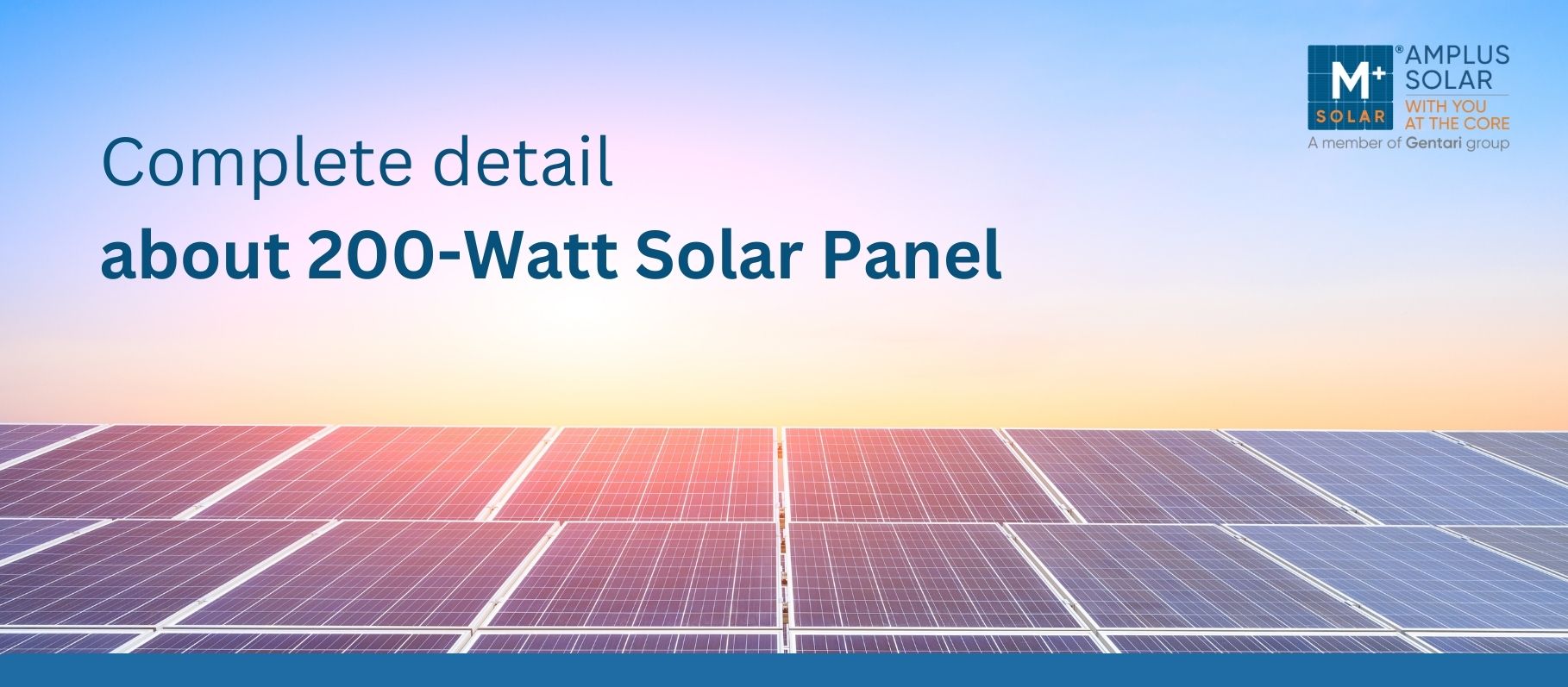 200 Watt Solar Panel Price in...
200 Watt Solar Panel Price in...  350 Watt Solar Panel Price in...
350 Watt Solar Panel Price in... 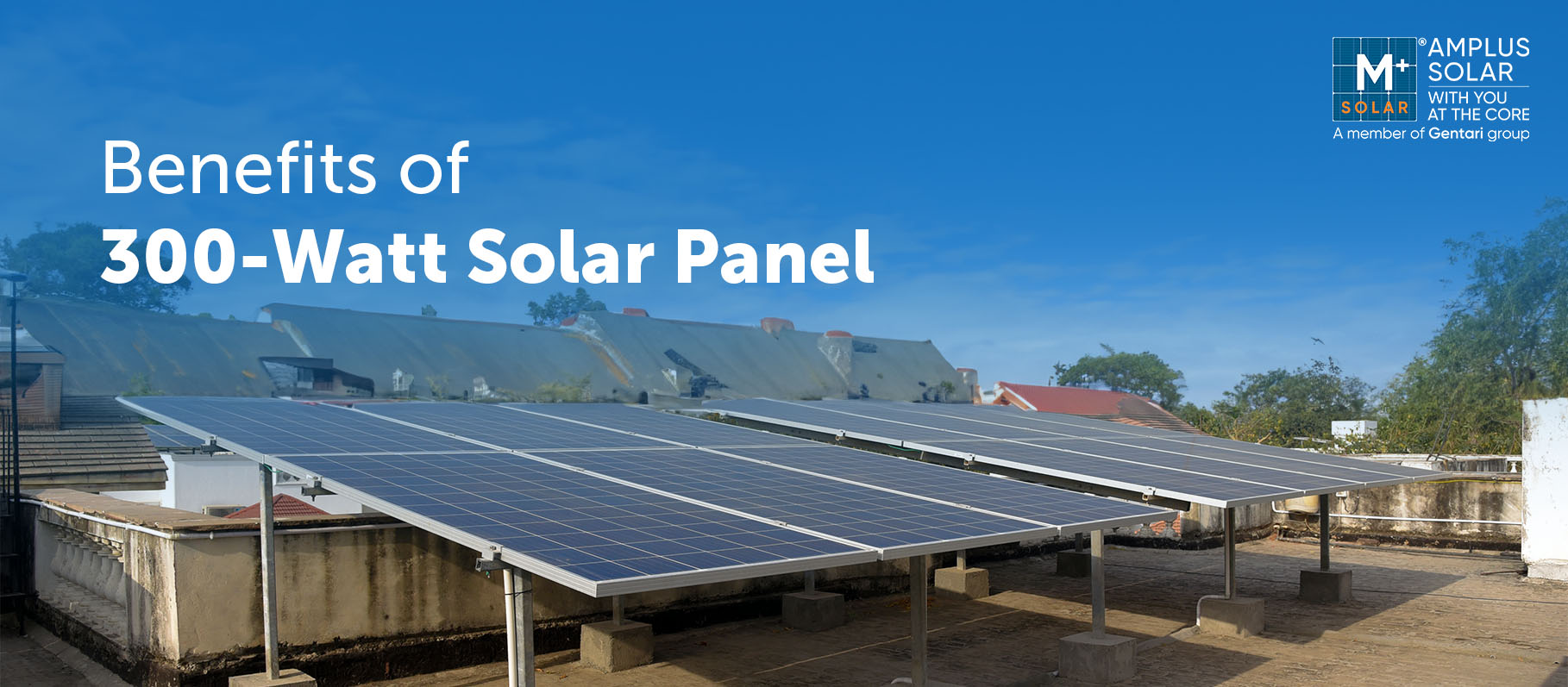 300 Watt Solar Panel Price in...
300 Watt Solar Panel Price in...  50 Watt Solar Panel Price in...
50 Watt Solar Panel Price in...  A Complete Guide To Bifacial Solar...
A Complete Guide To Bifacial Solar... 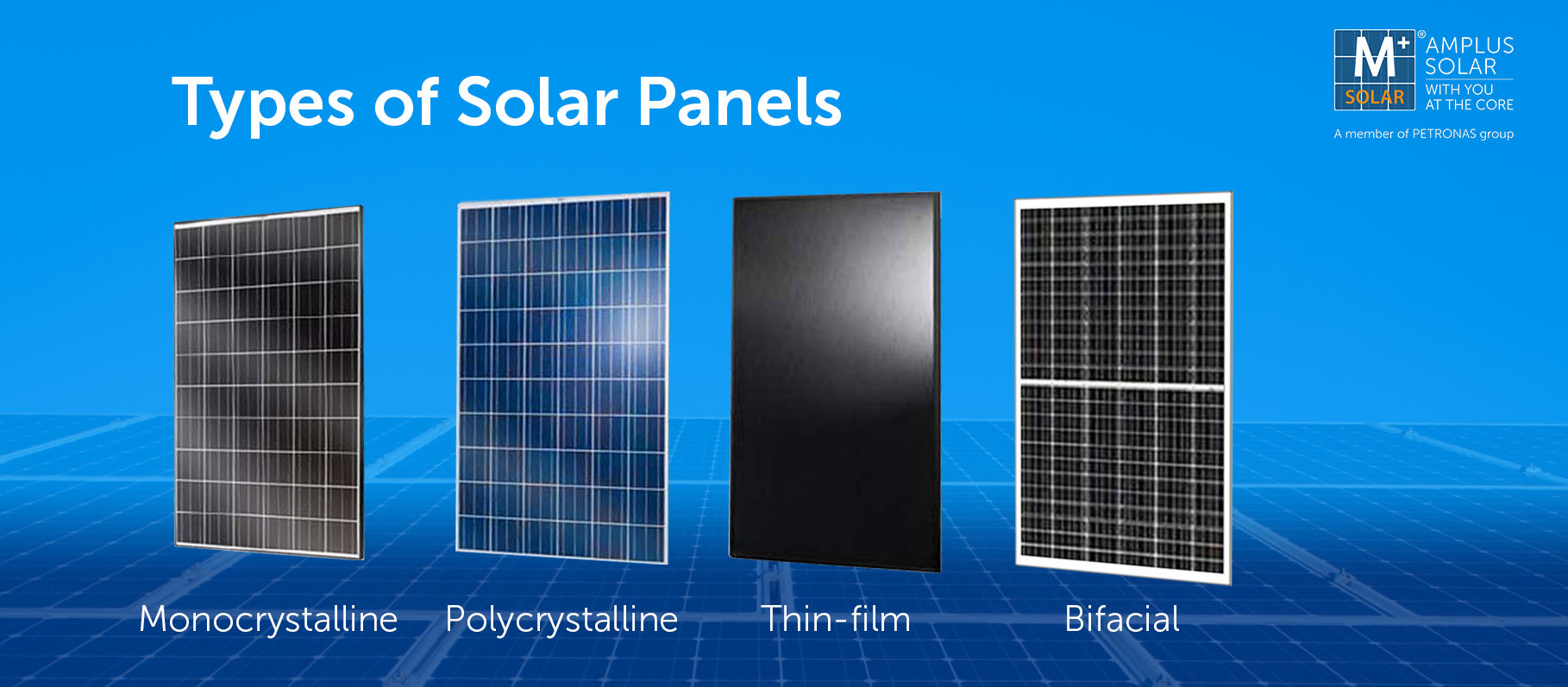 Complete Guide About Types of Solar...
Complete Guide About Types of Solar...  Net Metering: Know Everything About Net...
Net Metering: Know Everything About Net...  Solar Power Plant: Types, Benefits, Price,...
Solar Power Plant: Types, Benefits, Price,...  How to Install Solar Panels at...
How to Install Solar Panels at... 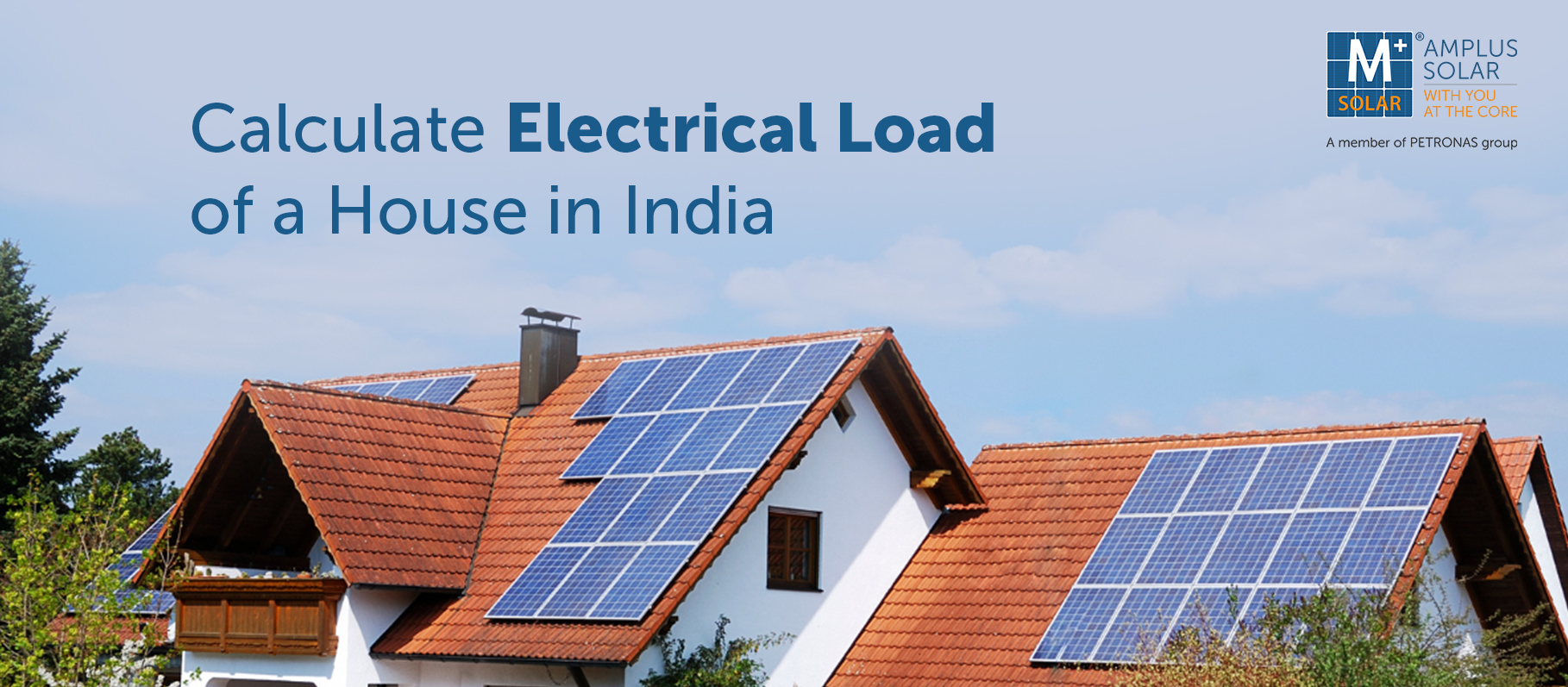 How to Calculate Electrical Load for...
How to Calculate Electrical Load for...  On Grid Solar System Price, Benefits,...
On Grid Solar System Price, Benefits,... 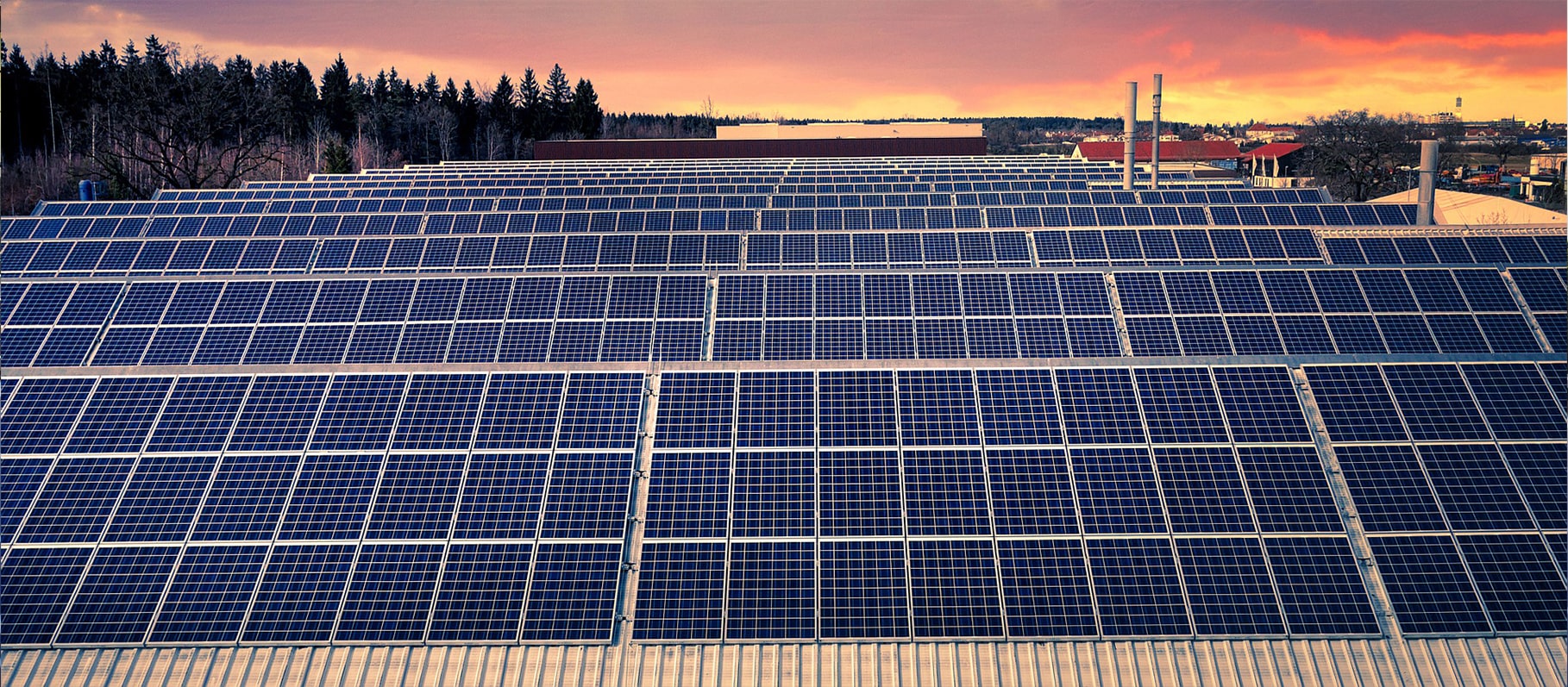 Opex vs Capex Solar Model: What...
Opex vs Capex Solar Model: What...  Performance of Solar Panels in Different...
Performance of Solar Panels in Different... 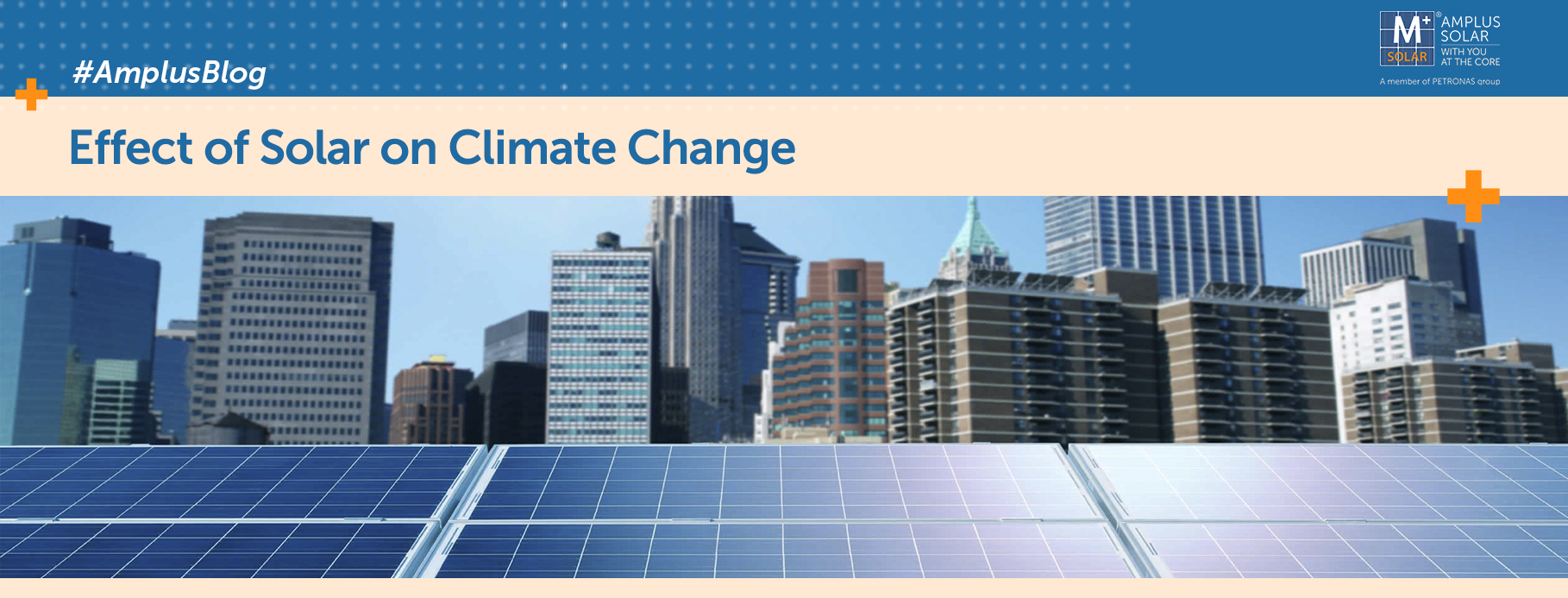 Effect of Solar on Climate Change
Effect of Solar on Climate Change 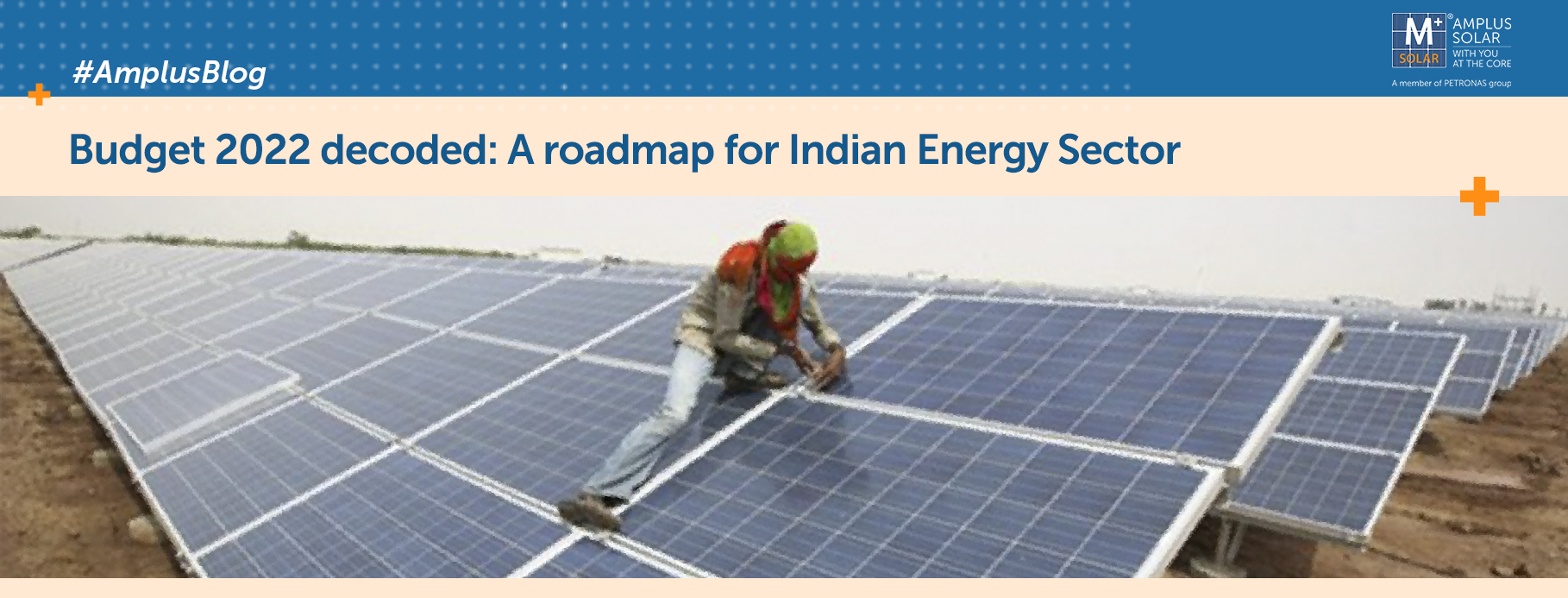 Budget 2022 decoded: A roadmap for...
Budget 2022 decoded: A roadmap for...  Top 5 Solar Farms in India...
Top 5 Solar Farms in India...  Energy Crisis in India and How...
Energy Crisis in India and How...  Importance of making the Switch to...
Importance of making the Switch to... 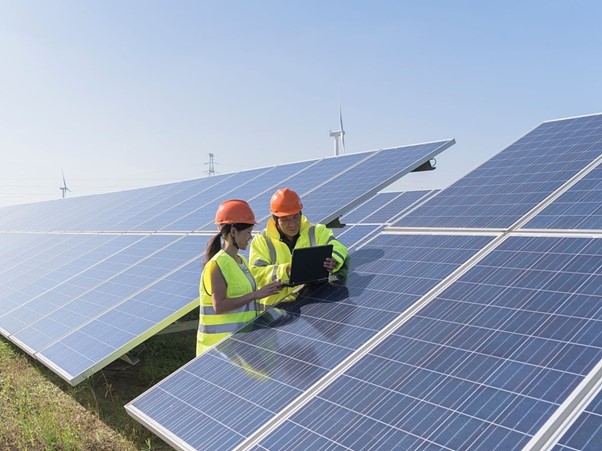 7 Advancements in Solar in 2021
7 Advancements in Solar in 2021  What The Future Holds For Solar...
What The Future Holds For Solar...  How to choose a Solar Power...
How to choose a Solar Power... 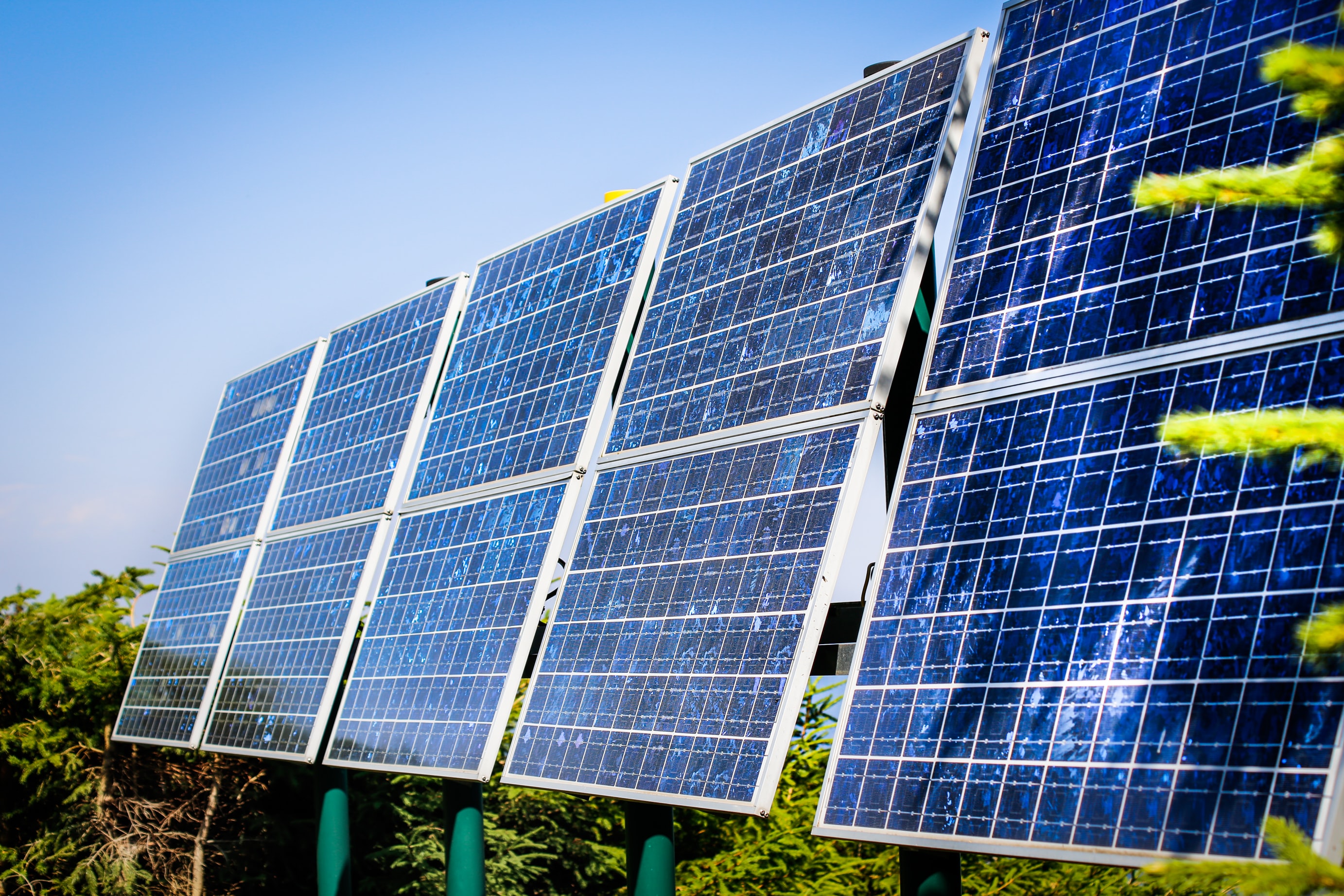 Evaluating the Revamping & Repowering opportunity...
Evaluating the Revamping & Repowering opportunity... 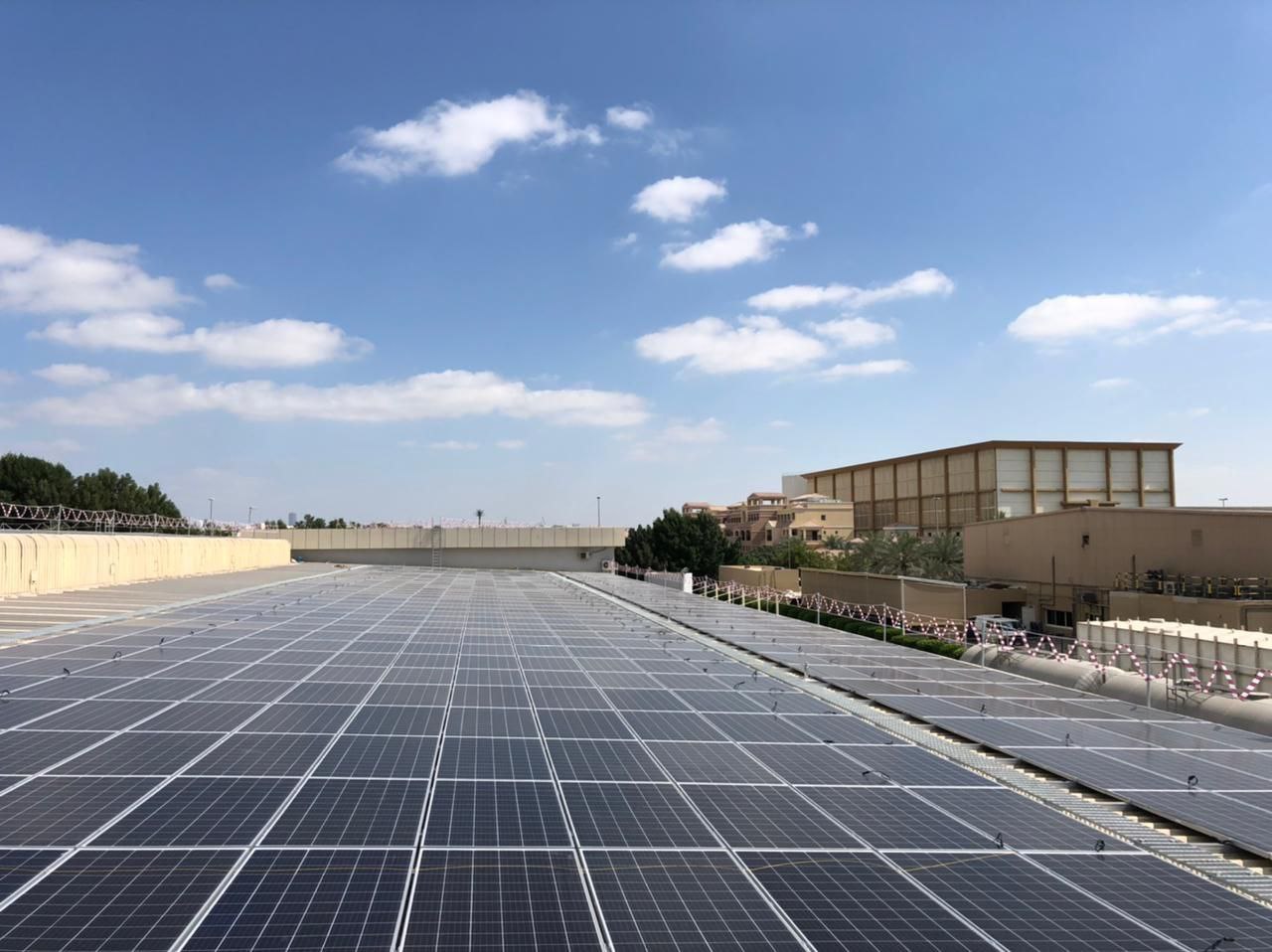 All You Need to Know about...
All You Need to Know about...  Choosing a Solar Contractor and Site...
Choosing a Solar Contractor and Site... 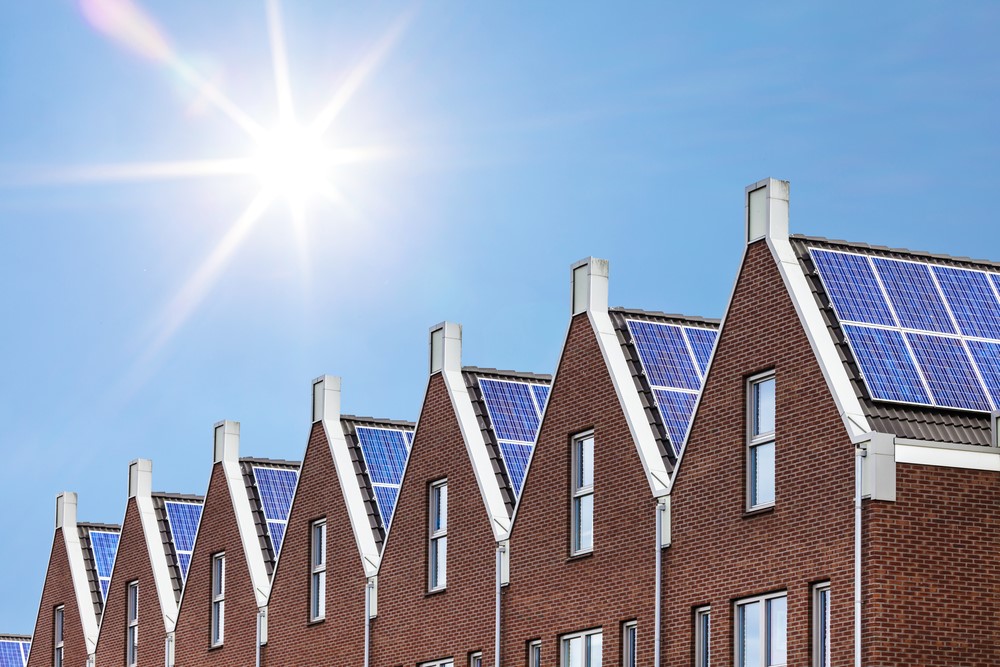 Benefits of Solar Power for Home
Benefits of Solar Power for Home 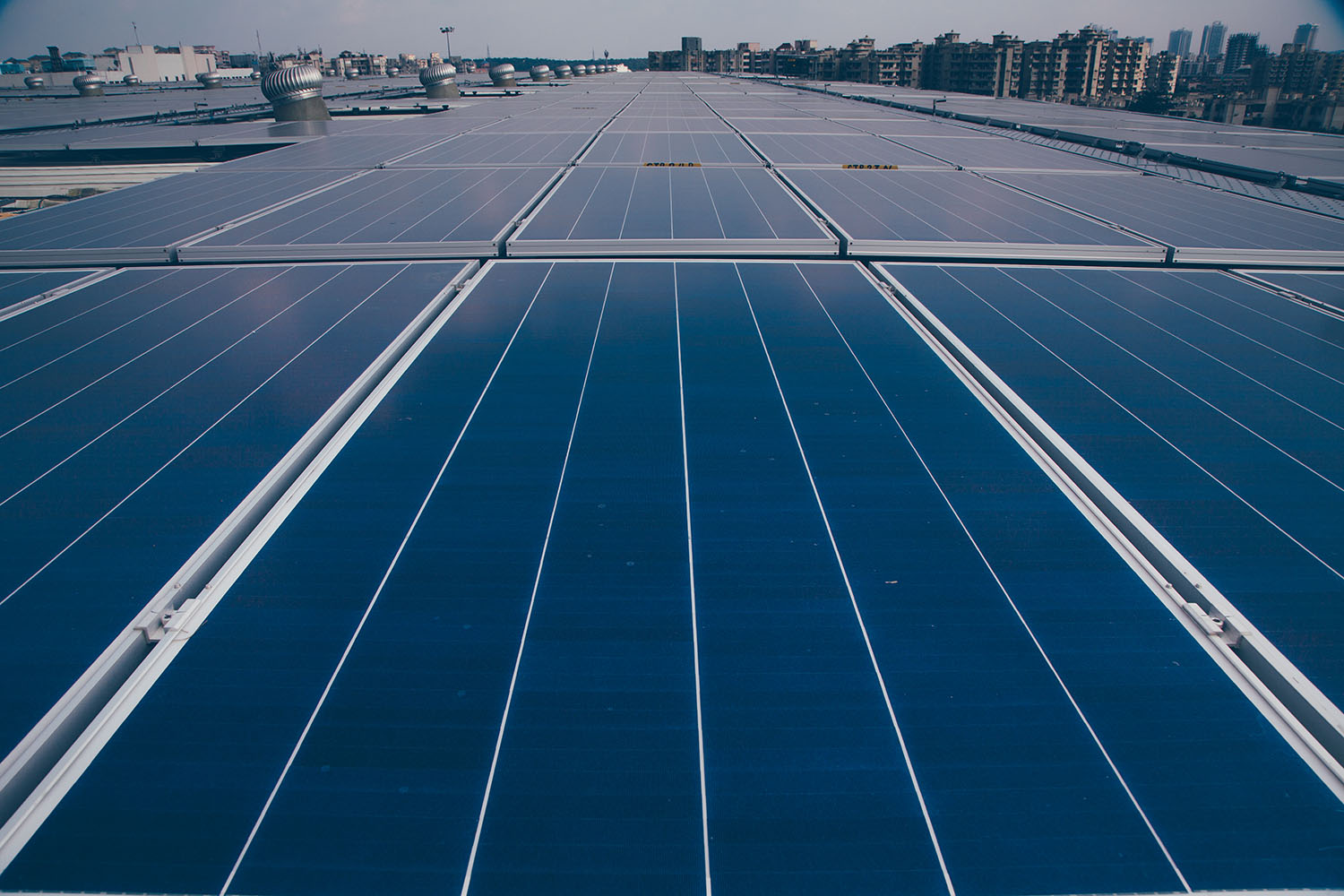 DECELERATING PV MODULE PRICES MAY START...
DECELERATING PV MODULE PRICES MAY START... 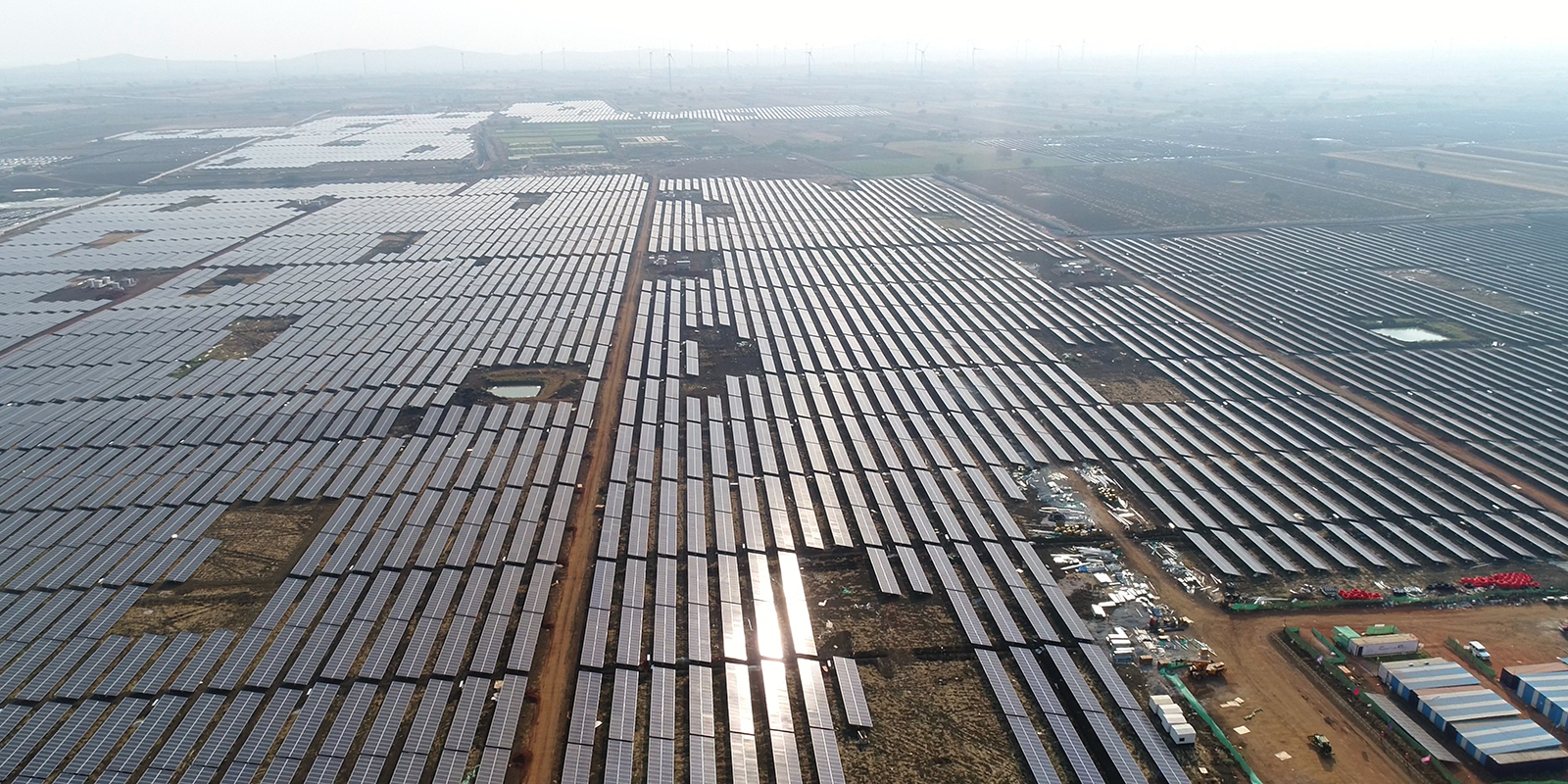 Contribution of Solar Energy in dealing...
Contribution of Solar Energy in dealing... 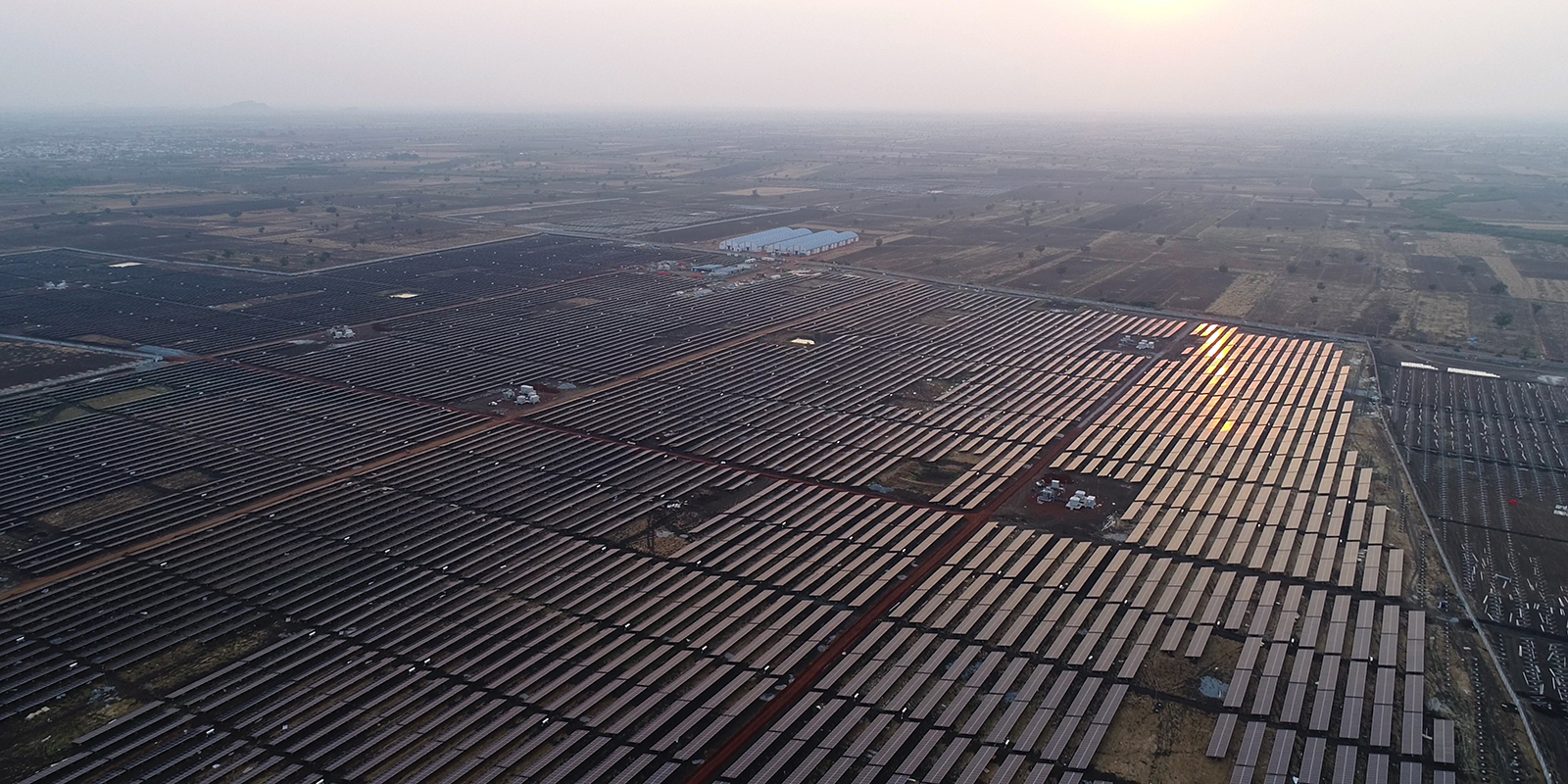 Increasing Role of Utility Service Providers...
Increasing Role of Utility Service Providers...  India’s Solar Developers Seek Reversal Of...
India’s Solar Developers Seek Reversal Of...  Is Solar Energy Low Maintenance?
Is Solar Energy Low Maintenance?  Solar Energy Policy in Gujarat
Solar Energy Policy in Gujarat 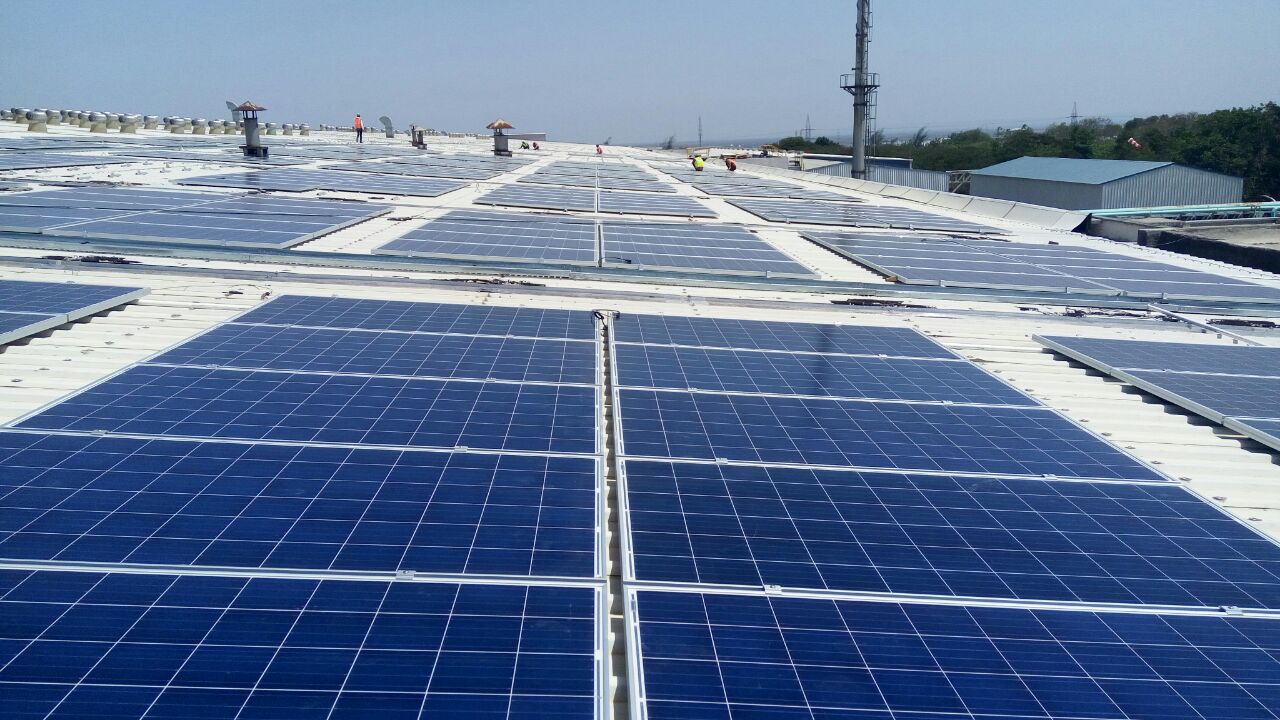 The Importance of Renewable Energy in...
The Importance of Renewable Energy in... 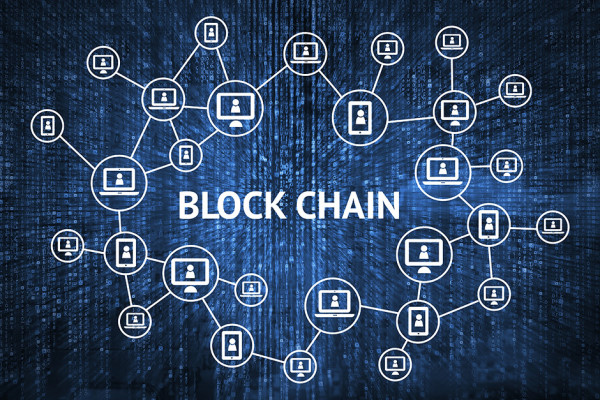 Blockchain in Electricity
Blockchain in Electricity  Narendra Modi’s India Facing Unique Solar...
Narendra Modi’s India Facing Unique Solar... 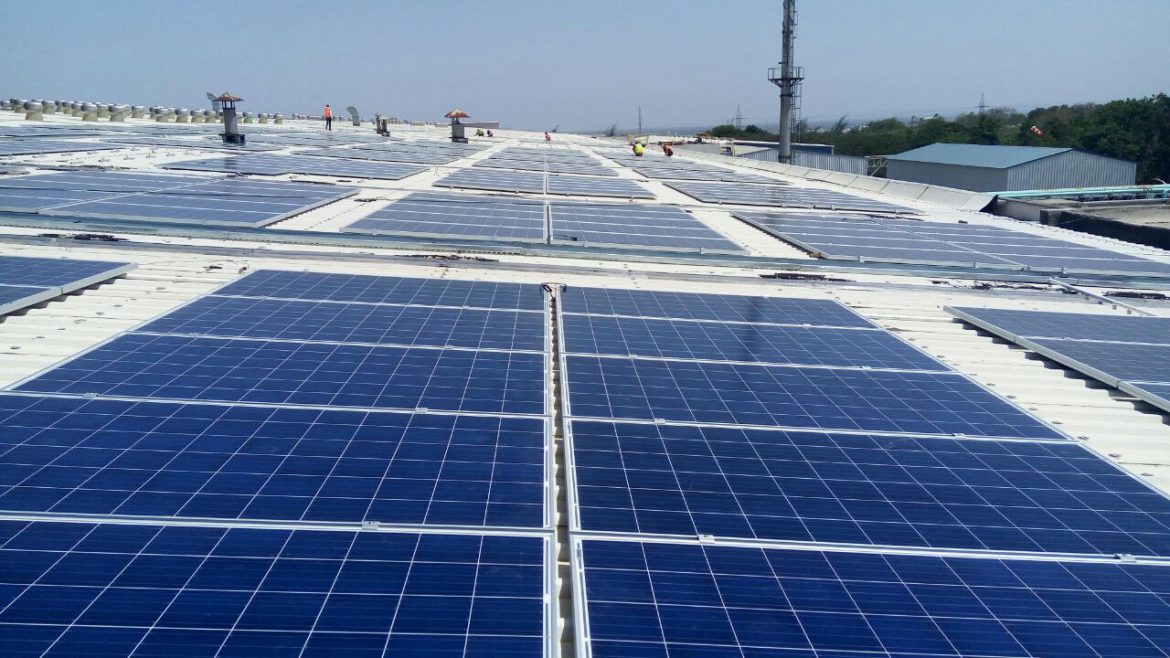 Changing Electricity Sector in India –...
Changing Electricity Sector in India –...  Net-Metering – An efficient system of...
Net-Metering – An efficient system of... 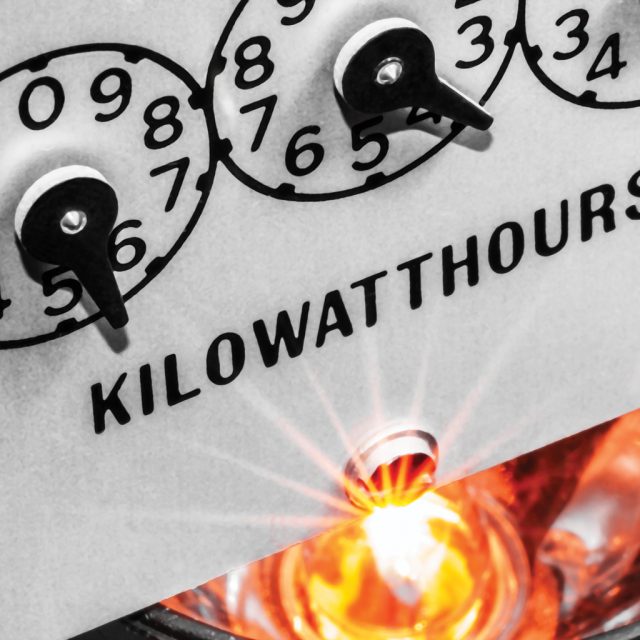 Challenges in Net-Metering
Challenges in Net-Metering  What are the Solar Schemes in...
What are the Solar Schemes in...  The Top 10 Solar Power Companies...
The Top 10 Solar Power Companies...  Grid of the Future
Grid of the Future  Global Commitment to RE-100
Global Commitment to RE-100  Pay-As-You-Go Solar Energy Companies Spread Light...
Pay-As-You-Go Solar Energy Companies Spread Light...  Everything About Paris Cimate Agreement
Everything About Paris Cimate Agreement  Solar Energy: Myths and Truths
Solar Energy: Myths and Truths  What to ask yourself before installing...
What to ask yourself before installing... 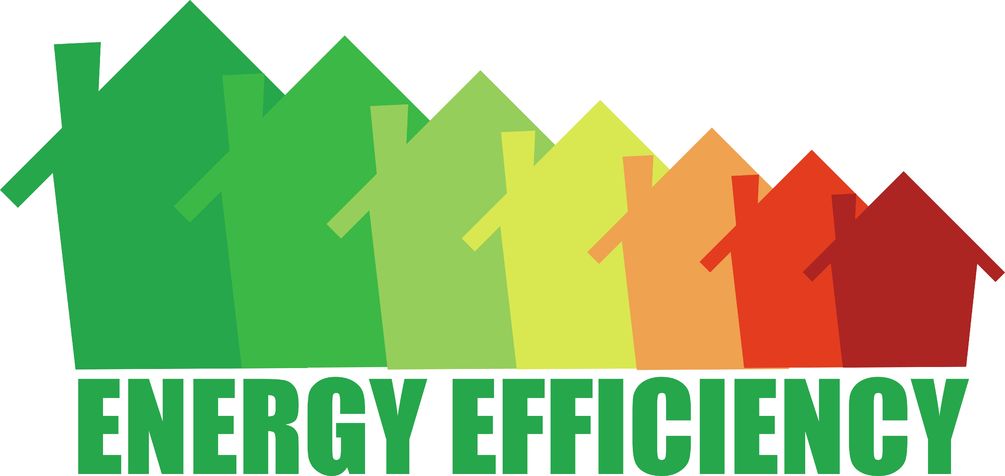 How Energy Efficiences are needed today
How Energy Efficiences are needed today  Top 5 Solar Energy Trends in...
Top 5 Solar Energy Trends in...  Why are Solar Tariffs going down...
Why are Solar Tariffs going down...  How China is Leading the World...
How China is Leading the World... 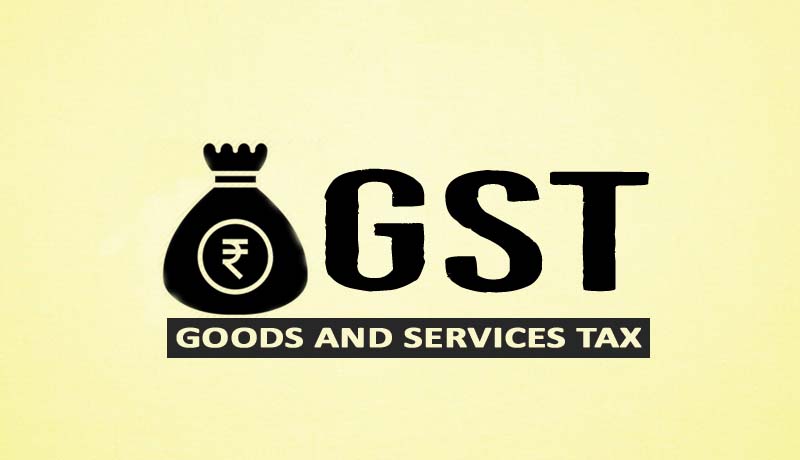 GST- A boon or a bane...
GST- A boon or a bane... 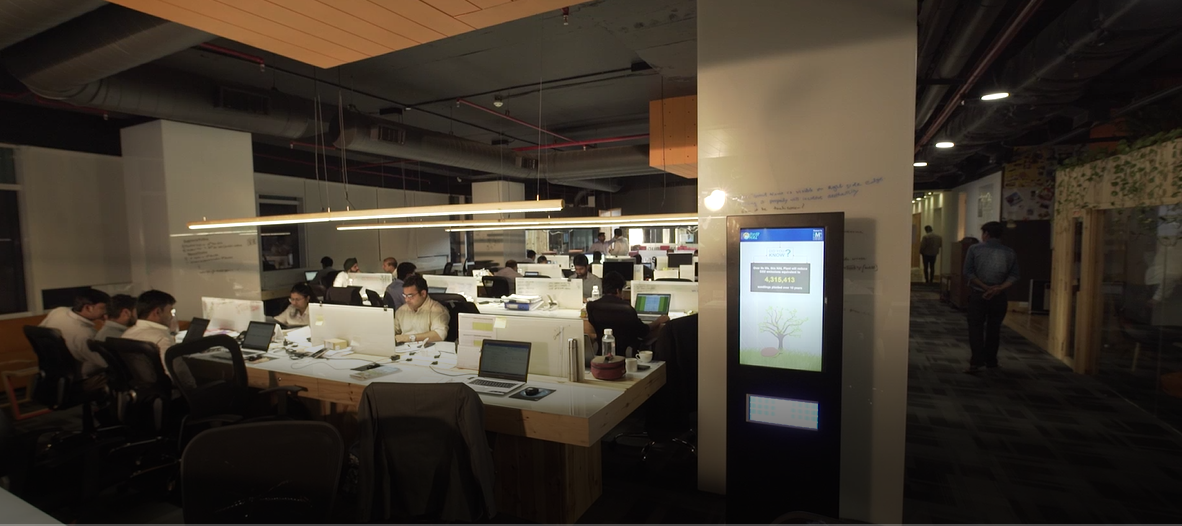 10 Ways to Make Your Organization...
10 Ways to Make Your Organization... 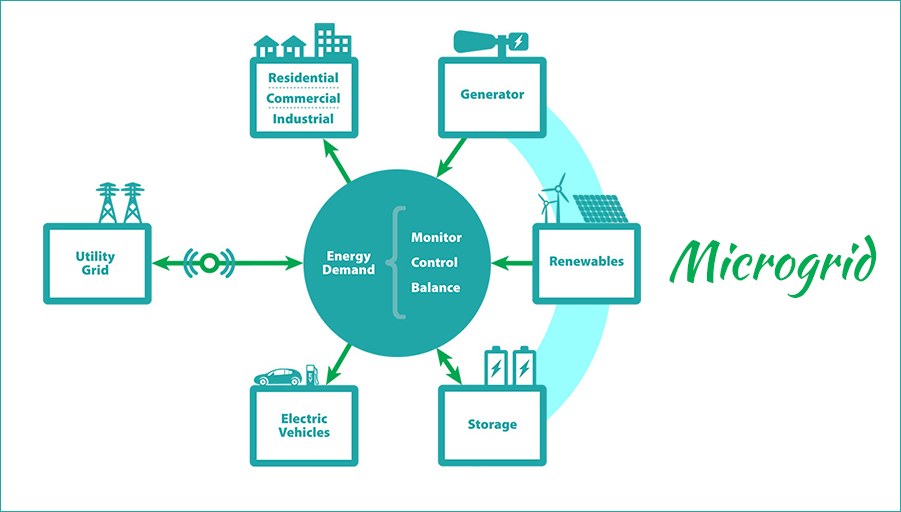 Microgrids- The future?
Microgrids- The future?  3 Pillars of Solar Asset Management-...
3 Pillars of Solar Asset Management-...  Amplus Solar: Growing Greener
Amplus Solar: Growing Greener 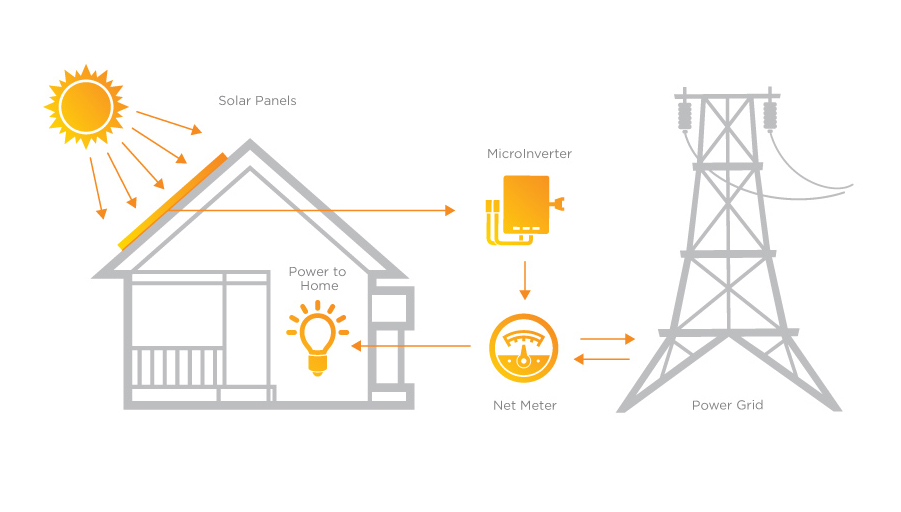 Net Metering: A Boon or a...
Net Metering: A Boon or a... 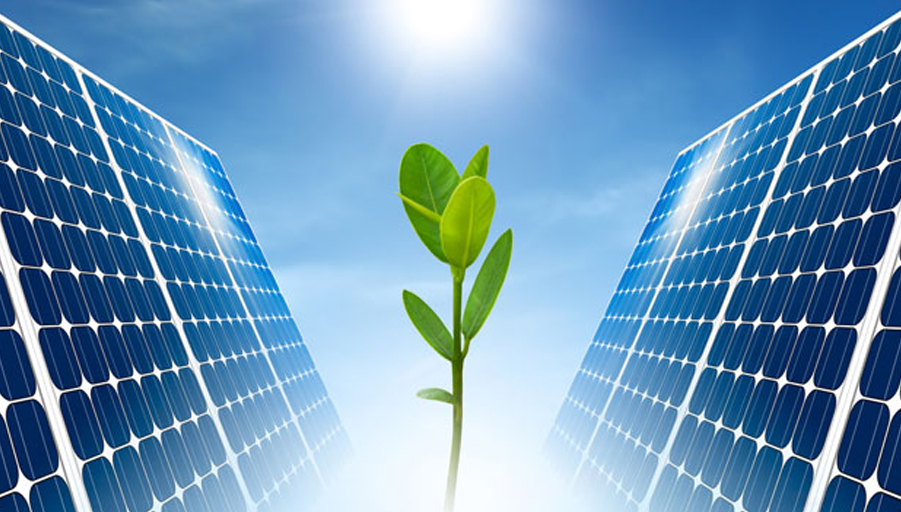 Amplus Solar, Lighting Your Lives
Amplus Solar, Lighting Your Lives 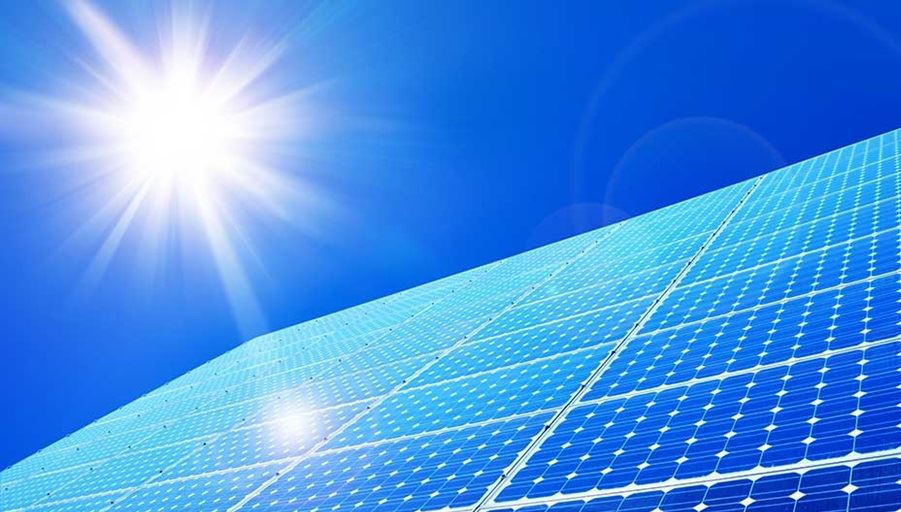 Why Would You Want to Use...
Why Would You Want to Use... 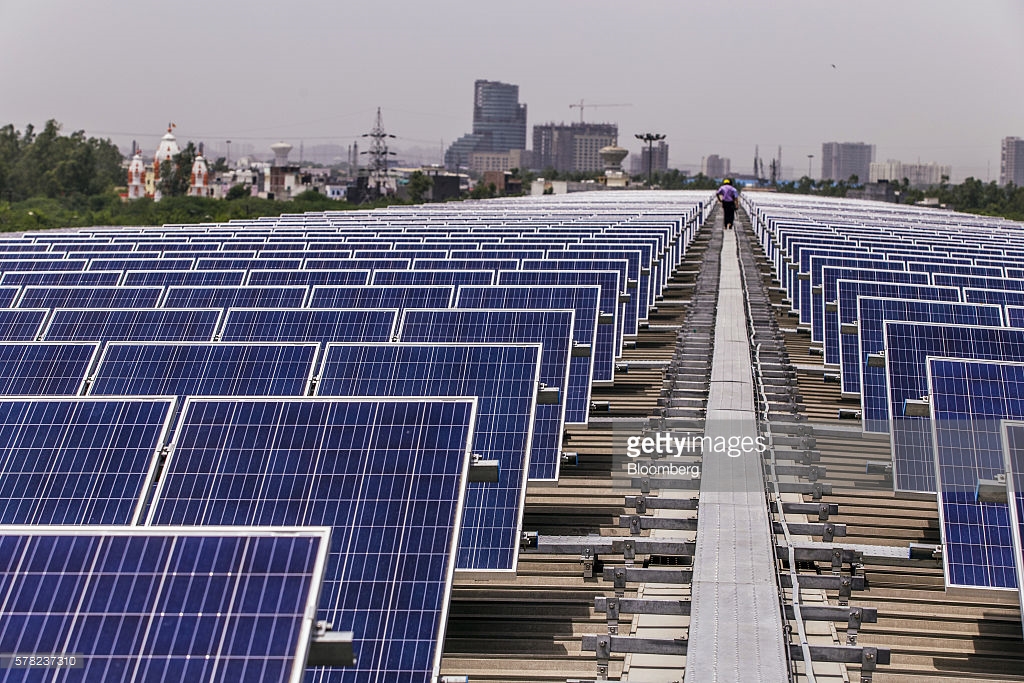 Your Own Solar Plant at Zero...
Your Own Solar Plant at Zero...  Solar Energy: The Key to Unlimited...
Solar Energy: The Key to Unlimited...  Top Builders Rush to Install Solar...
Top Builders Rush to Install Solar...
Leave a Comment